DROPS Nepal
The perfect every day yarn!
from:
5BGN
per 50 g
Content: 65% Wool, 35% Alpaca
Yarn Group:
C (16 - 19 stitches)
/ 10 ply / aran / worsted
Weight/length: 50 g = approx 75 m
Recommended needle size: 5 mm
Knitting tension: 10 x 10 cm = 17 sts x 22 rows
Care: Hand Wash, max 30°C / Dry Flat / Feltable
Superwash: no
Made in: Peru
Raw material origin: Alpaca and wool from South America
This yarn has an Oeko-Tex® certification (certificate number 23.HPE.36896), Standard 100, Class II from the Hohenstein Institute. This means that is has been tested for harmful substances and is considered safe in human-ecological terms. Class II means the yarn is suitable to come in direct contact with the skin to a large extent, such as blouses, shirts, mattresses, etc.
DROPS Nepal is a chunky and luxurious yarn, spun in 35% superfine alpaca and 65% wool, a mix that accentuates the softness of alpaca while the wool contributes to the garments’ shape stability. Both fibers are untreated, which means that they are only washed and not exposed to any chemical treatment prior to the dyeing. This highlights the fibers’ natural properties, providing also a better shape and texture qualities.
Spun from 3 strands, which gives an exciting and rustic stitch definition, DROPS Nepal is an easily knitted/crocheted quality which is also ideal for felting, resulting in garments that have an even and soft surface.
DROPS Nepal contains mixed colours, this means the wool is manufactured by carding the colours together before spinning, which gives it a mixed effect.
Read more about our products' sustainability here
Please be aware that the colours shown may vary from screen to screen in the same way that shades may vary slightly from dye lot to dye lot.
How do I care for this yarn?

Hand Wash, max 30°C / Dry Flat
First of all, consider just airing the garment, instead of washing it. If you still desire to wash it, here are some guidelines:
- Hand wash at 30ºC - separately - with wool detergent without enzymes or optical brighteners.
- Don’t let the garment soak. Move the garment gently back and forth, do not rub or squeeze it.
- Rinse the garment until the rinse water is completely clear, making sure the water temperature stays uniform.
- Do a light centrifugation of the garment (about 800rpm), choosing a program that DOES NOT take in water at the start. Or press carefully the water out of the garment with a dry towel. The garment shouldn’t be twisted or rolled.
- To dry the garment, shape it and lay it flat - do not hang - ideally on a warm bathroom floor or on top of a drying rack in a room with good air circulation. Never dry the garment in direct sunlight.
- Don’t tumble dry.
- Never iron the garment directly. Use always a damp cloth between your steaming iron or regular iron and the garment.
Note: If you are washing a project made with this yarn combined with another, the general guideline is to follow the washing instructions for the most delicate of the yarns you are working with.
Thinking about felting this yarn?
See how this yarn looks before and after felting:
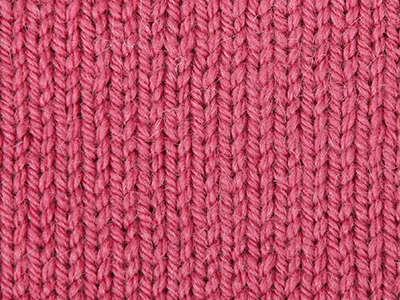
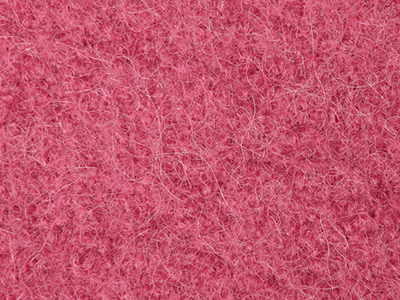
Needles: 5.50 mm
Before: 16 sts x 21 rows
After: 21 sts x 30 rows
Do you have a question about this yarn?
See a list of frequently asked questions (FAQ) about our yarns.
1) What type of fibers make the DROPS yarns?
Yarn can be made from a large number of natural and synthetic fibers. DROPS carries mainly yarns made from wool, cotton, alpaca, linen, mohair and silk. Each fiber type has its own qualities, and they are often mixed to take advantage of the best properties of each one. Coarse yarn has the advantage of being stronger and more durable, and finer fibers offer more softness and comfort. Here a bit about the main fibers we carry:
Alpaca:
Alpaca fleece is the natural fiber harvested from an alpaca, and it is similar in structure to sheep wool fiber. Its softness comes from the small diameter of the fiber, similar to merino wool. It is a soft, durable, luxurious and silky natural fiber. Yarn made from alpaca fibers does not felt or pill easily, and it can be light or heavy in weight, depending on how it is spun. While similar to sheep’s wool, it is warmer, not prickly, and has no lanolin, which makes it hypoallergenic. Alpacas come in 22 natural colors, with more than 300 shades from a true-blue black through browns-black, browns, white, silver and rose-greys.
Mohair:
This fiber comes from the Angora goats, and it's considered a luxury fiber. Mohair yarn is warm as wool, but much lighter in weight; it is durable, dyes well and does not felt easily. Mohair fibers have also a distinctive luster created by the way they reflect light. Despite being a hard fiber, mohair is usually spun into a very fluffy yarn, resulting in airy and lustrous garments.
Wool:
The wool fibers come from the skin of sheep and are relatively coarse fibers. Two striking characteristics of wool are its susceptibility to heat and its felting property, which is caused by the scales on the surface. Depending upon the breed of sheep, the appearance of the wool varies.
Wool from Merino sheep is considered the finest type of wool, having as characteristics that is finely crimped and soft. All the Merino wool in the DROPS yarns has its origins in South America, coming from sheep that have not been subject to Mulesing.
Pure new wool is wool made directly from animal fleece, and not recycled from existing wool garments.
Machine washable wool is wool treated chemically to minimize the outer fuzzy layer of the fibers, and be therefore fitable for machine wash (see Superwash).
Silk:
The silk fiber is a fine continuous fiber produced from the cocoon of a moth caterpillar known as the silkworm. While silkworm is cultivated, the wild or tussah silk is obtained from uncultivated silkworm cocoons. Silk fiber is one of the strongest natural fibers and makes a wonderful knitting yarn. It blends really well with other fibers, especially wool. Silk also dyes beautifully with natural dyes.
Vegetable fibers:
There are several varieties of vegetable fibers, found in the cell walls of plants or vegetables. Of all the varieties, two are recognized as major knitted or textile fibers. They are cotton and linen.
Cotton is the fiber surrounding the seeds in a cotton pod, and it is almost pure cellulose. Cotton is usually white in color but there are green and brown varieties as well. The cotton fiber is most often spun into yarn or thread and used to make a soft, breathable textile that is good for summer clothing and accessories, making a weaker yarn than silk or linen but stronger than wool.
Mercerized cotton is cotton that has been through a mercerization treatment. This treatment gives cotton fabrics and threads a lustrous yarn that is more lustrous than conventional cotton. It is also stronger, takes dye a little more readily, makes the yarn more resistant to mildew and reduces lint. It also may not shrink or lose its shape as much as "regular" cotton.
Linen is a fiber derived from the stalk of the flax plant that is durable and stronger than any other fiber. The linen fiber is relatively soft, straight and lustrous and becomes more beautiful with age. Linen is more comfortable to wear in hot temperatures than cotton, due to the fact that it absorbs moisture better and dries more quickly.
Other materials used in our yarns include synthetic fibers such as acrylic, viscose, polyamide (nylon) and polyester. These fibers are used mostly to give strength to a yarn (like our sock yarn, DROPS Fabel) or a special kind of structure (like our blown yarn, DROPS Air).
The polyamide fibre, commonly known as nylon, is very strong, durable, lightweight, easy to care for (can be machine washed and dried), and elastic, which makes it perfect for blending with other fibres to produce hard-wearing yarns like sock yarn.
Compared to polyester, polyamide is softer and more flexible, but it also absorbs more water and dries slower.
3) What type of information can I find on the DROPS yarn labels?
All DROPS yarn labels include information about fiber content (wool, cotton, etc.), weight in grams and ounces, length in meters and yards, washing instructions and symbols (explained here), color number, dye lot number and yarn group information.
4) What are the DROPS yarn groups?
All DROPS yarns are classified into 6 different thickness groups (A to F). Yarns in a same group have similar knitting tension/gauge, and can therefore be interchanged in patterns; however the length may be different, so when substituting always calculate the amount of meters/yards needed for the pattern to know the amount of yarn you need to get.
5) Can I use a different yarn than the one mentioned in the pattern?
Yes, as long as the yarn can be worked in the same knitting tension/gauge. Always swatch to make sure you get the same number of stitches in width and rows in height as given in the pattern.
Remember that different yarns with different textures, will give the garment different looks. The yardage/length may also be different, so when substituting always calculate the number of yards needed, in order to know the amount of yarn you need.
Read more about how to calculate the amount of an alternative yarn - and how to replace 1 thread of a yarn with 2 or more of another, here.
6) What does it mean when a yarn is “Superwash”?
A superwash wool is a special wool product that has been treated or processed in a way that allows it to be machine washable. Many people are afraid to work with wool because it is so easy to shrink (though some shrink wool on purpose) and superwash wool can allow them to work with great fibers without worry. (Read more here).
7) What does “Oeko-Tex® certified” means?
The Oeko-Tex® Standard 100 was introduced at the beginning of the 1990s as a response to the needs of the general public for textiles which posed no risk to health. The Oeko-Tex® Standard 100 is a globally uniform testing and certification system for textile raw materials, intermediate and end products at all stages of production. The test for harmful substances comprise substances which are prohibited or regulated by law, chemicals which are known to be harmful to health, and parameters which are included as a precautionary measure to safeguard health.
For more info go to www.oeko-tex.com
10) How accurate are the colours on the shade cards online?
When obtaining images for the shade card, we do our best to achieve the highest level of color accuracy. Unfortunately, we cannot guarantee how images will appear on your computer screen. Every monitor displays color differently, some colors might look darker than they really are, and some colors might be more saturated on some screens. If you experience that many of the yarn colors looks different on your screen than the actual color of the skeins, you can adjust the setting on your monitor.
11) What is a micron? What does super fine / extra fine mean?
The fineness of yarn fibers is measured in microns (thousands of millimeters). Super fine alpaca wool is 26-28 microns. Fine merino wool is less than 21.5 microns and extra fine merino is under 19.5 microns. The less microns the softer and more delicate a quality can be, the more microns the more hard wear the quality will be.
The reason why the microns in a yarn’s fibers are important is that the yarn will eventually become something else, and how delicate or coarse a yarn is will determine in part what we use it for. That’s why we recommend the softest yarns (like DROPS Baby Merino) for baby clothing, or why we choose to use a more hard wear yarn like DROPS Snow, for a seating pad or slipper.
12) Why are the colours in my skeins of print yarn different?
The reason why two skeins of a same print yarn look different can be 1) that both skeins are part of different dye lots; 2) that the skeins have been dyed using a technique called "magic print" (the one used for example in DROPS Delight), which provides unique patterns and smooth colour transitions to each skein, meaning also that within one dye lot, lighter or darker varieties might appear. This is no fault or defect, but part of the yarn's character.
13) My store doesn’t have the colour I want, what can I do?
If your DROPS store doesn’t have the yarn colour you want, try contacting a DROPS Super Store (the ones with the golden badges) - they will make sure to get a hold of the colour even if they don’t have it in stock themselves. See a list of all DROPS stores here.
14) Where can I find a specific dye lot of a colour?
Always try contacting your DROPS store first. If they do not have the dye lot you want we recommend you to ask other knitters and crocheters in the DROPS Workshop in Facebook or Ravelry, which may have the dye lot in their stash and might be willing to part from it.
Yarn sheds because there's not enough twist to hold all of the fibers together. All yarns have excess fibers (from production) that might come off as lint or shedding, in varied degrees that depend on how the yarn is spun. Brushed yarns ("hairier" yarns) like DROPS Melody, have more of these loose fibers than other yarns, and therefore shed more. Shedding also depends on what is worn under or over the garment, and whether this pulls at the yarn fibers. It’s therefore not possible to guarantee that there will be no shedding.
Below are some tips on how to get the best result when working with hairier yarns:
- When the garment is finished (before you wash it) shake it vigorously so the looser hairs come off. NOTE: do NOT use a lint roller, brush or any method that pulls at the yarn.
- Place the garment in a plastic bag and put it in your freezer - the temperature will cause the fibers to become less attached to each other, and excess fibers will come off easier. Leave in the freezer for a few hours before taking it out and shaking it again.
- Wash the garment according to the instructions on the yarn label. Garments worked with hairier yarns usually need to be shaken once dry after washing, so that the hairs rise and any excess fibers can come off.
Pilling is a natural process that happens to even the most exclusive of fibers. It's a natural sign of wear and tear that is hard to avoid, and that is most visible in high friction areas of your garment like a sweater's arms and cuffs.
You can make your garment look as new by removing the pilling, using a fabric comb or a pill/lint remover.
How can I replace this yarn?
If you are looking to replace this yarn with another DROPS yarn, you can use another yarn within the same yarn group, or try our yarn converter!
Other yarns in Yarn Group C
Read more about replacing yarn.Have a problem with the DROPS yarn you purchased?
When you purchase yarn from the shade cards or patterns on our site, you are not buying directly from DROPS but from one of the hundreds of DROPS stores around the world. It is therefore important that you take contact with the DROPS store where you bought the yarn, and that you save the labels of all the skeins you purchased (they are your warranty).
The DROPS store you contact will assist you and escalate the claim if necessary. Find a list of DROPS stores here.
Comments / Questions (278)
![]() Lisa wrote:
Lisa wrote:
I bought 2 of each color in nepal yarn my question is the mittens say use 100-100 g for the mittens what does that mean? Do I have enough to make a pair of mittens with two rolls of this color? Thanks
25.11.2015 - 04:29DROPS Design answered:
Dear Lisa, the pattern of the mittens may be given in 2 sizes, and you will need 100 g yarn in both sizes: 100 g for 1st size and 100 g for 2nd size. Happy knitting!
25.11.2015 kl. 10:15
![]() Viviane wrote:
Viviane wrote:
Bonjour,j'ai fait la couverture Sierra Leone en Big Delight couleur n° 12 pour mon fils, j'ai acheté Nepal Blue Jeans pour attacher les carrés (pour un homme qui aime le jeans) mais je trouve que ce n'est pas beau du tout. avez-vous un autre conseil de couleur à me donner? Le blue jeans est presque mauve... Merci!
31.10.2015 - 18:41DROPS Design answered:
Bonjour Viviane, pour toute aide ou conseil sur les couleurs, il est recommandé de s'adresser directement à votre magasin DROPS qui pourra vous aider en fonction de ce que vous souhaitez. Bon crochet!
02.11.2015 kl. 10:30Sheila wrote:
Would you please tell me if this a worsted weight yarn? Would you please tell me the price per skein for the US? Thank you so very much for your time and help. Have a lovely day. Sincerely, Sheila
30.10.2015 - 05:14DROPS Design answered:
Dear Sheila. This yarn is aran, not worsted. You can see the price (and Deals/Discounts) for the US here
30.10.2015 kl. 09:40
![]() Eva wrote:
Eva wrote:
Hola! me gustaría saber que composición ha de tener una lana para que no pique,yo me decantaba por lana merino o alpaca para hacer un gorro y una bufanda infinita pero me comentaron que la alpaca pica, y como yo soy muy sensible. Gracias.
21.10.2015 - 17:50DROPS Design answered:
Hola Eva. La sensibilidad a la lana es muy individual. Tienes que probarlo antes de comenzar la labor. Las mas suaves son las lanas tratadas: Big Merino, Merino Extra Fine, Baby Merino, Cotton Merino y BabyAlpaca Silk, tmb dan buenos resultados Melody, Brushed Alpaca Silk y AlpacaBouclé.
08.11.2015 kl. 10:08
![]() Cristina wrote:
Cristina wrote:
I'm still waiting for Nepal 8905 Deep Ocean. On color chart is reported as "available" but I cannot find it (in Italy). Can you tll me when and where it'll be available? many thanks.
17.07.2015 - 10:48DROPS Design answered:
Dear Cristina, please contact your DROPS store for more informations about their availabilities. Happy knitting!
28.07.2015 kl. 11:22
![]() Carolyn Turmaine wrote:
Carolyn Turmaine wrote:
I love the Drops Nepal Deep Ocean, . But it's not available until week 26. I have pattern that needs to be knitted, which this colour is ideal for. Can you please tell me when week 26 is. Many thanks and kind regards =^,^=
18.04.2015 - 08:54DROPS Design answered:
Dear Mrs Turmaine, this is the 26th week of the year (ie from 22-26 June). Remember to contact your DROPS store to get more informations about their availabilities. Happy knitting!
18.04.2015 kl. 09:57
![]() Ingrid Hofstra wrote:
Ingrid Hofstra wrote:
Goedemiddag, enig idee wanneer de kleuren 8905 en 8907 in de winkel te krijgen zijn ik doe mee aan een project en wil graag deze kleuren gaan gebruiken . Vriendelijke groeten
15.04.2015 - 17:00DROPS Design answered:
Hoi Ingrid. Als je met de muis over de kleur gaat zie je de verwachte levertijd. Wij verwachten deze kleuren op dit moment in voorraad in week 26. Kort daarna zal de garens in de winkels zijn.
16.04.2015 kl. 15:35
![]() Christian Magis wrote:
Christian Magis wrote:
Offre nepal à 1.78 ce prix est différent chez Kalidou à 2.10
18.01.2015 - 20:28DROPS Design answered:
Bonjour Mme Magis, le prix indiqué en haut à droite du nuancier correspond au meilleur prix proposé par un des détaillants DROPS, pour en savoir plus sur cette offre cliquez sur "commander" à la fin de la ligne. Bon tricot!
19.01.2015 kl. 14:53
![]() Nadine wrote:
Nadine wrote:
J'ai récemment acheté népal en rouge profond et la couleur correspond plutôt à un rouge framboise qu'à un bordeau : voila un peu déçue mais couleur jolie quand même et fil d'une belle douceur.
05.12.2014 - 22:04
![]() Wafaa Gorani wrote:
Wafaa Gorani wrote:
Wie wäscht man NEPAL
24.10.2014 - 21:05DROPS Design answered:
Liebe Wafaa, die Pflegehinweise finden Sie jeweils in der letzten Zeile der Beschreibung. Bei Nepal ist dies: "Handwäsche, max. 30°C / liegend trocknen".
25.10.2014 kl. 17:54
![]() Liv Hestenes Brustad wrote:
Liv Hestenes Brustad wrote:
Avgjort min favoritt uten sidestykke! Tykkelsen på garnet og pinnetykkelsen er i komfortsonen, behagelig å strikke av, mykt og klør ikke og plaggene holder seg fint. Har tovet flere tøfler og vesker som både jeg og øvrige brukere er fornøyd med. Et stort pluss er alle de flotte fargene som inspirerer til nye prosjekter. Anbefales på det varmeste!
02.10.2014 - 09:34
![]() LEFEBVRE wrote:
LEFEBVRE wrote:
J'ai acheté cette laine en rouge foncé. Je ne m'attendais pas trop à cette couleur, manque un peu de peps à ce coloris... cela fait un peu rouge terne/bordeaux légèrement clair. Mais bon je m'y suis faite :). Sinon facile à tricoter, beau rendu, et ça va vite avec un fil taille 5... Par contre, je préfère de loin la big mérino...
16.09.2014 - 17:01Ana Perez wrote:
Hola soy colombiana y me preguntaba si aquí se encuentra esta marca y donde la puedo conseguir. gracias
30.07.2014 - 19:46
![]() Marina Jordan wrote:
Marina Jordan wrote:
Hi, is this yarn ideal for chunky knitted blankets? And can I purchase it in the uk? Thanks.
11.05.2014 - 11:59DROPS Design answered:
Dear Mrs Jordan, we have used DROPS Nepal for a baby blanket (see Babydrops b21-22) - To get the retailer list in the UK, click on "Find a Store" then on your country. Happy knitting!
12.05.2014 kl. 13:20
![]() Sabine wrote:
Sabine wrote:
J'ai tricoté il y a quatre ans trois pull avec Népal. Un violet mix, un gris foncé et un beige. Je les passe à la machine cycle laine à 30° sans aucun problème avec essorage à 600 tours. La laine s'adoucit dans le temps. Elle est très agréable à tricoter et donne un rendu très régulier. Elle bouloche un peu sur le coloris gris foncé mais sans excès.
24.01.2014 - 17:53
![]() Aud wrote:
Aud wrote:
Jeg strikket en lang, lekker jakke av garnet., og var veldig godt fornøyd. Dessverre nuppet den etter kort tids bruk, noe jeg ikke har vært plaget av tidligere. :(
21.01.2014 - 12:40
![]() Nathalie Vergobbi wrote:
Nathalie Vergobbi wrote:
Bonjour, La laine nepal,pique-t-elle?.
17.01.2014 - 00:46DROPS Design answered:
Bonjour Mme Vergobbi, la sensibilité de chacun étant différente, nous vous recommandons de vous rapprocher de votre magasin DROPS pour toute information complémentaire. Bon tricot!
14.10.2014 kl. 16:33Desiree Saelman wrote:
Hoewel ik enthousiast was over het breiresultaat (133-11,zacht en warm)kom ik toch terug op mijn mening. Nepal beige pluist erg. Dat vind ik erg teleurstellend en ik zal me twee keer bedenken voordat ik me weer aan deze wol waag.
08.01.2014 - 15:05
![]() Renate Laurien wrote:
Renate Laurien wrote:
Schreibe diesen Kommentar, nachdem mein Mann seinen Pullover auch trägt. Fazit: Leider sehr, sehr anfällig für Pilling!! Verstricken lässt sich das Garn wunderbar, doch jetzt bin ich etwas enttäuscht. Was nutzt da der gute Preis?!
08.01.2014 - 13:23
![]() Nadine wrote:
Nadine wrote:
Bonjour, en réponse à Mme Lourdeaux, je conseille un lavage main fait à la main et eau froide avec produit laine, ceci dûe à mon expérience récente : j'ai voulu laver en machine cycle lavage main eau froide un ouvrage fait en lima (petite soeur de népal) que j'ai fait pour ma petite fille : horreur : feutrage ! Cette laine est très belle mais exige le lavage main malheureusement... Bon tricot !
24.12.2013 - 14:47
![]() Christine LOURDAUX wrote:
Christine LOURDAUX wrote:
Une question plus qu'un commentaire : j'hésite encore à choisir Népal pour mon prochain ouvrage, pour la résistance au lavage. Faut-il vraiment laver à la main ? Peut-on utiliser le programme laine "comme à la main" de la machine à laver ? Merci de me conseiller ou pour les utilisatrices, nous faire part de votre expérience après plusieurs lavages...
18.12.2013 - 20:22DROPS Design answered:
Bonjour Mme Lourdaux, nous recommandons de bien respecter les consignes d'entretien de l'étiquette et du site. Pour toute information complémentaire, n'hésitez pas à demander à votre magasin DROPS. Bon tricot!
19.12.2013 kl. 14:05
![]() Claire Guerrera wrote:
Claire Guerrera wrote:
Very very nice products! Where I can find the model of sweaters on your site that I could create with Alpaca Nepal and Alpaca Silk? thank you claire
21.11.2013 - 12:27
![]() Birgit wrote:
Birgit wrote:
Ich habe Nepal in der Farbe "camel" bestellt und bin begeistert. Die Wolle sieht genauso aus, wie ich sie mir nach der Beschreibung im Internet vorgestellt habe. Super war der schnelle Versand durch "Lanade". Vielen Dank dafür!
06.10.2013 - 19:10
![]() Nina wrote:
Nina wrote:
An Marana Glowacki: Ich würde sagen nein, sie ist nicht weich genug! Ich habe ein sehr empfindliches und ein wenig empfindliches Kind, aber beiden war es für einen Schal zu kratzig. Für mich selbst habe ich aber schon einen daraus gestrickt und finde es total okay!!!
11.09.2013 - 09:59






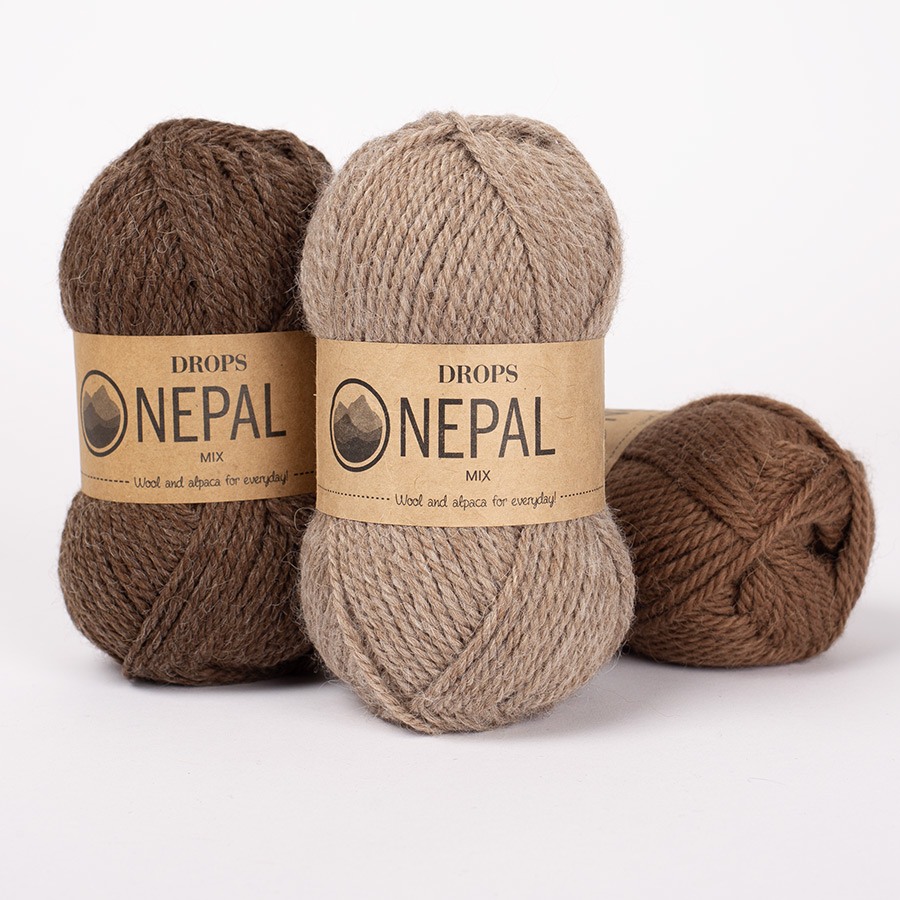
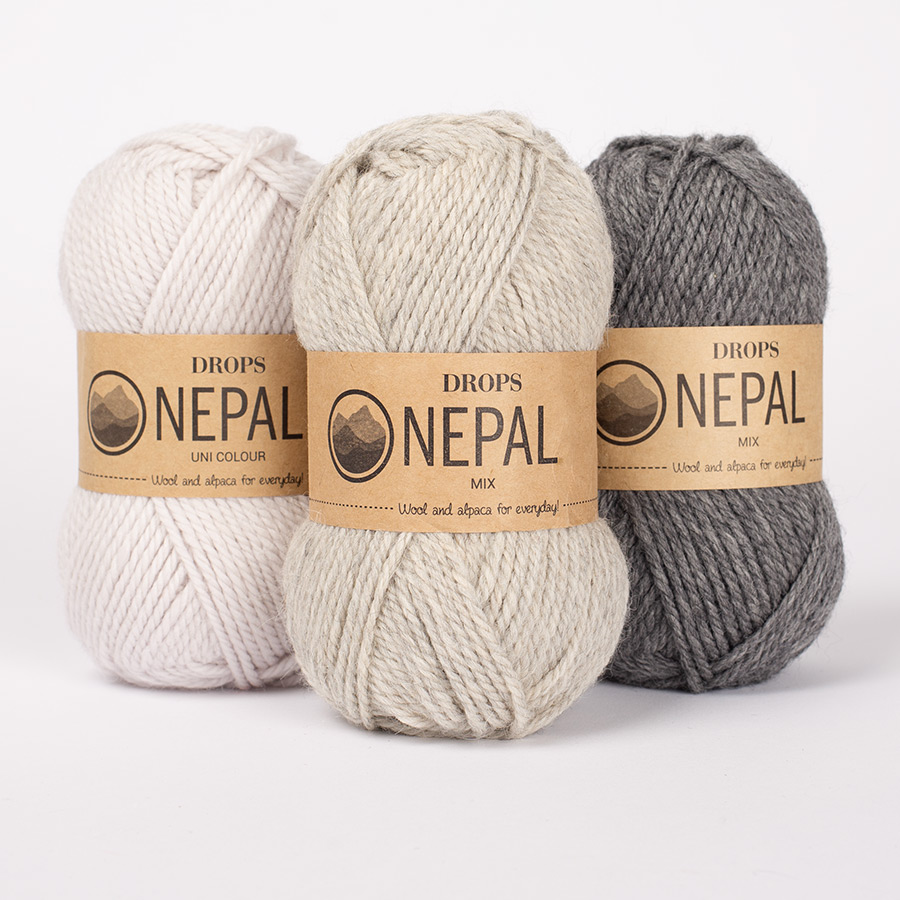
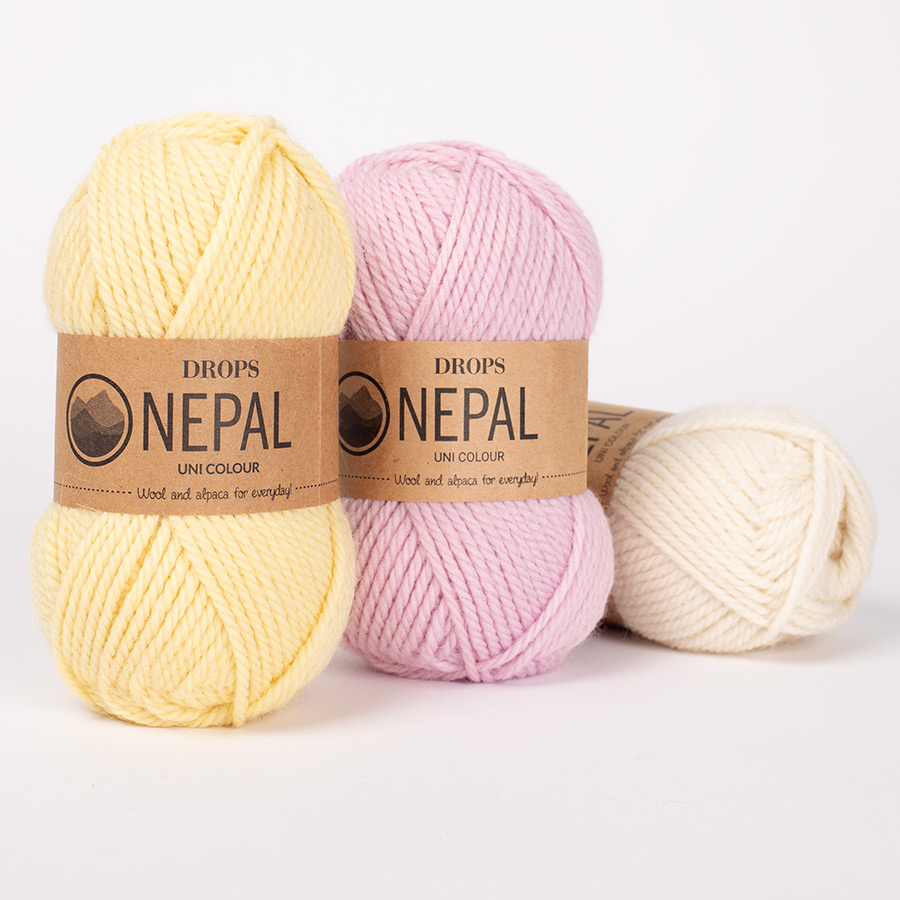
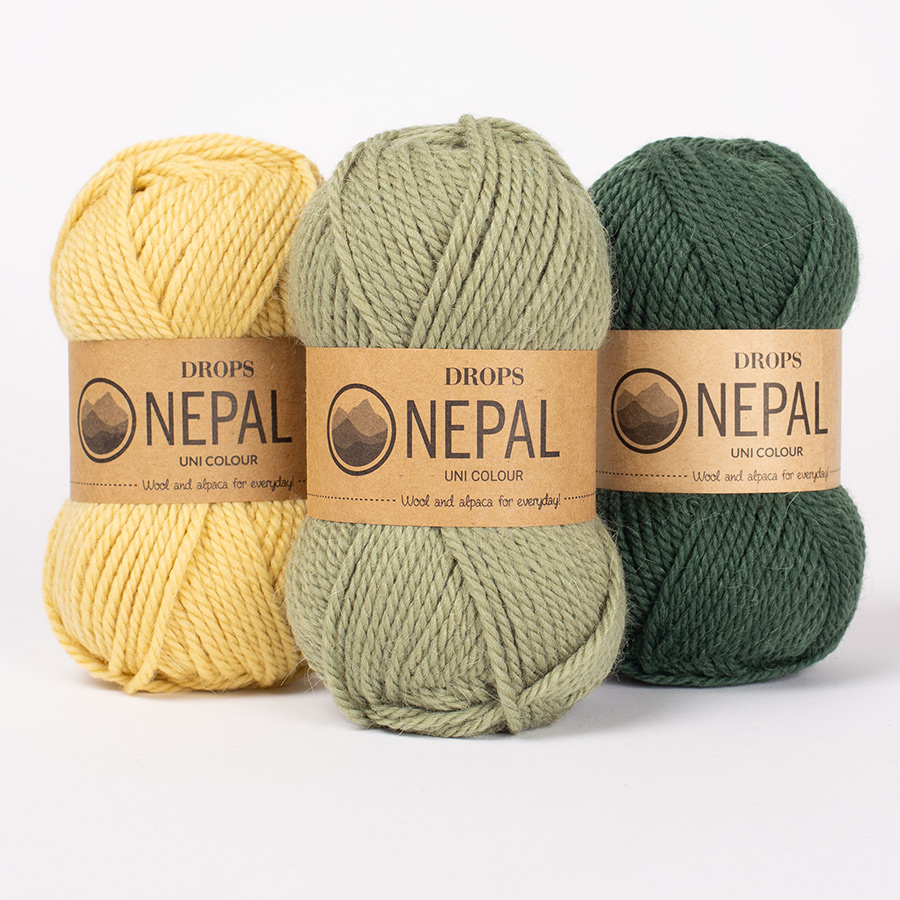
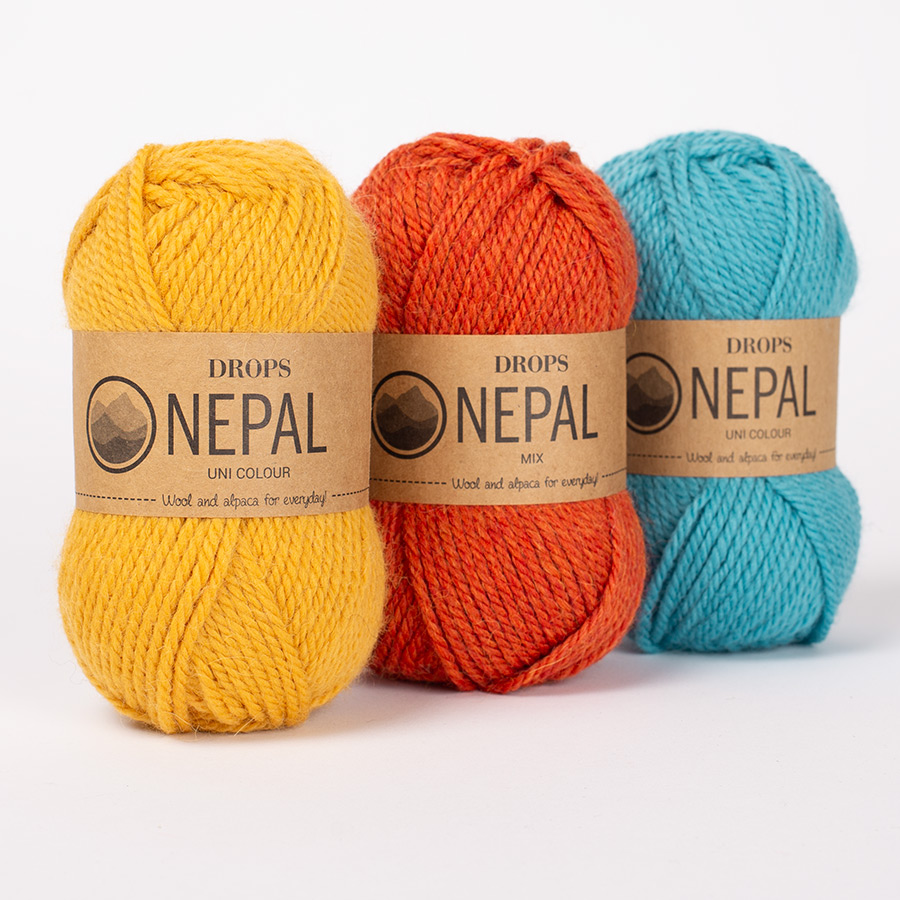


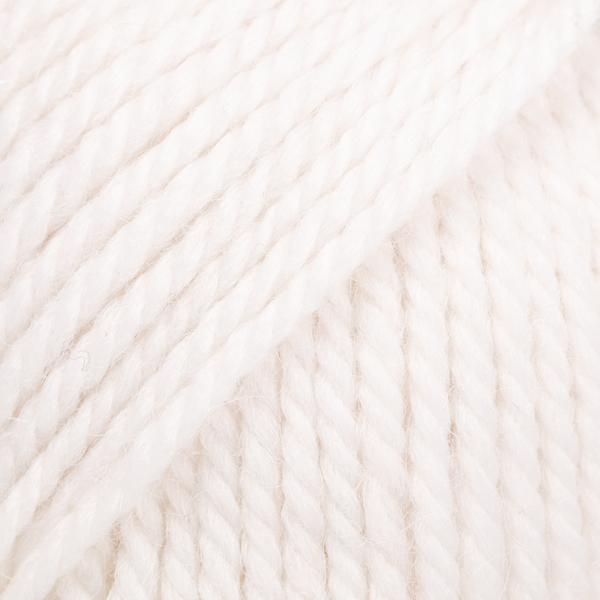




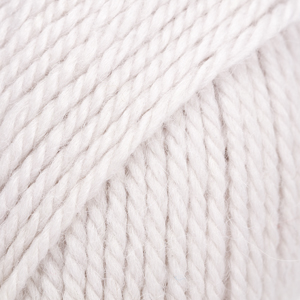
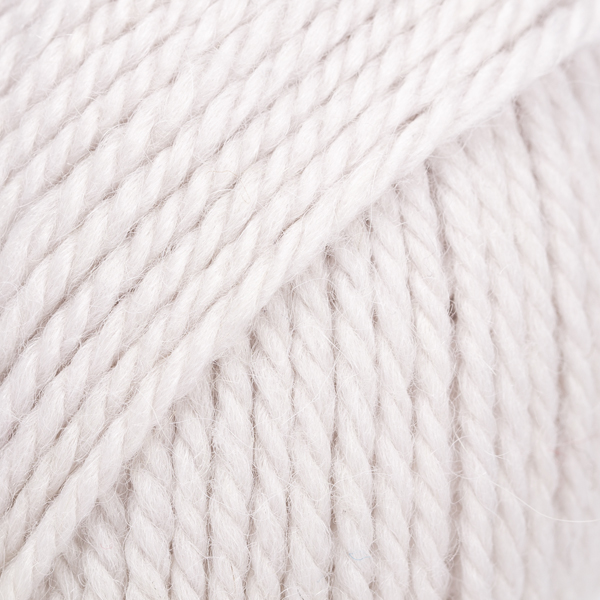




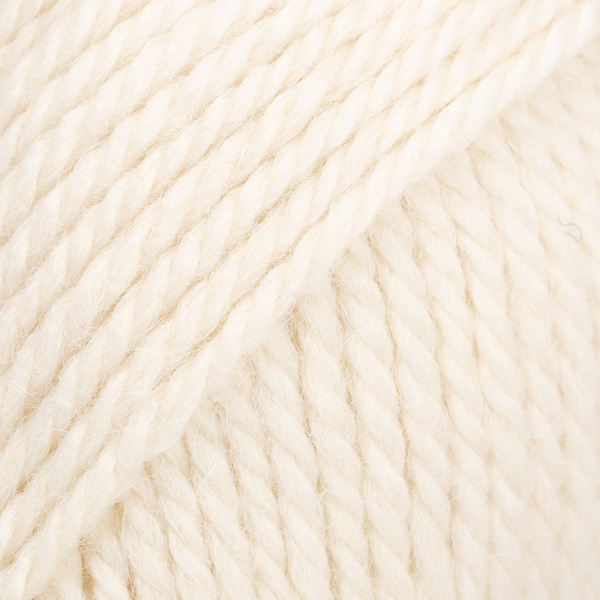




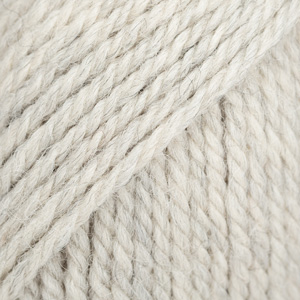
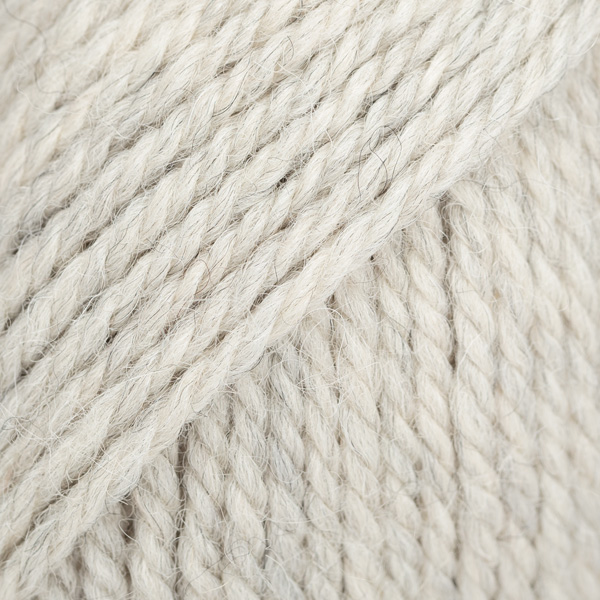
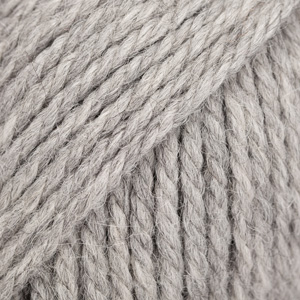
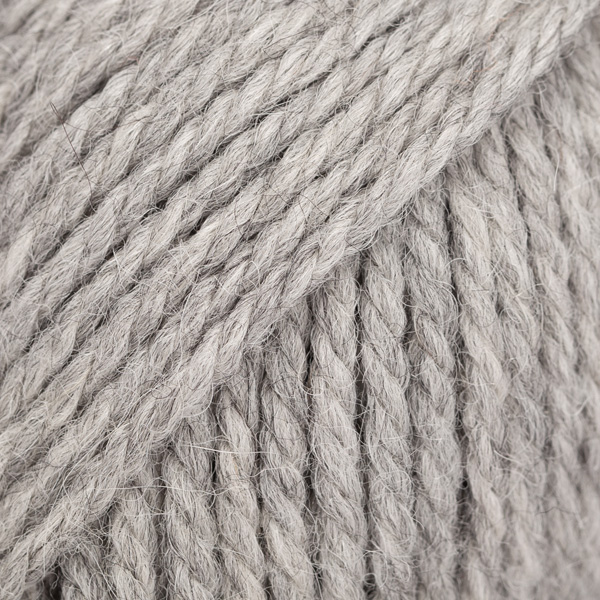



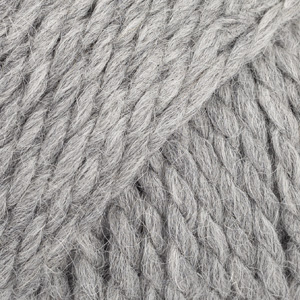

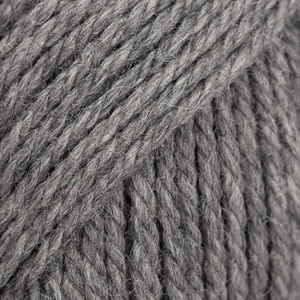
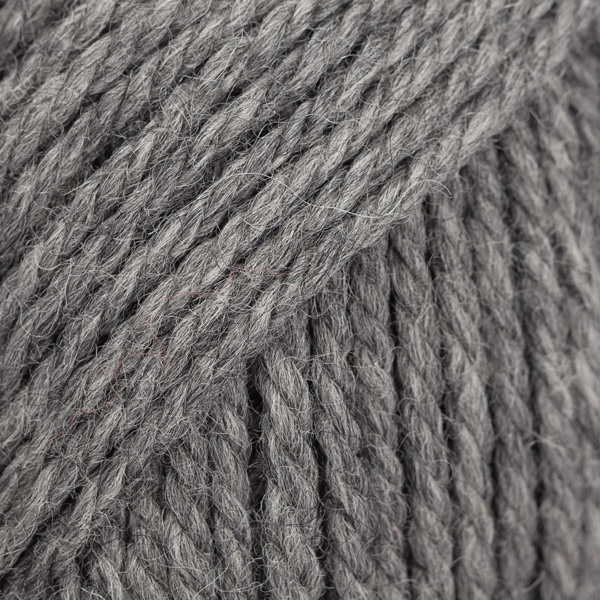







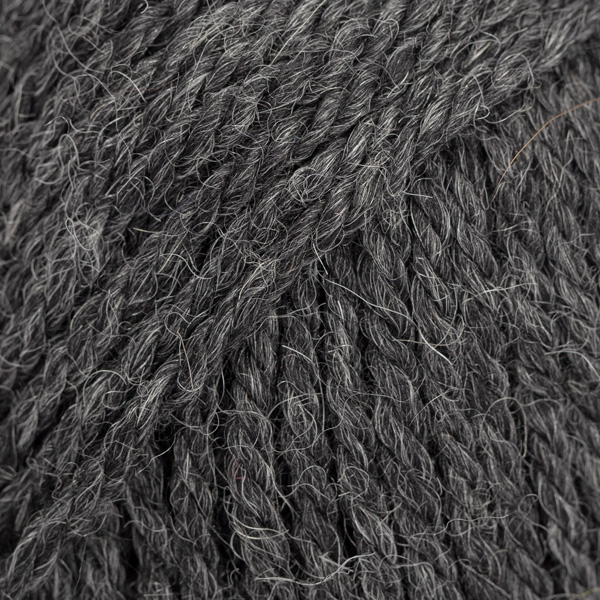
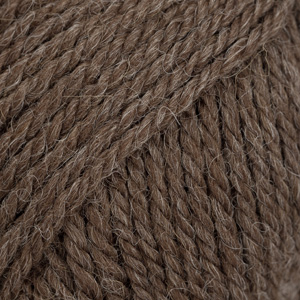
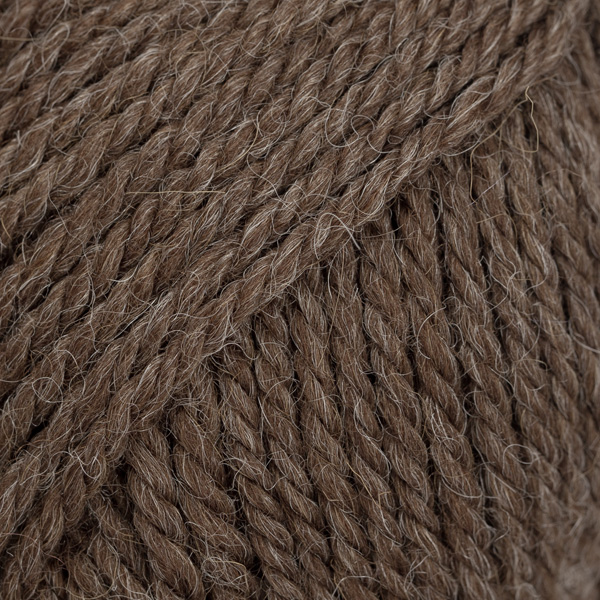



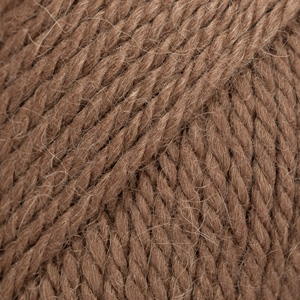
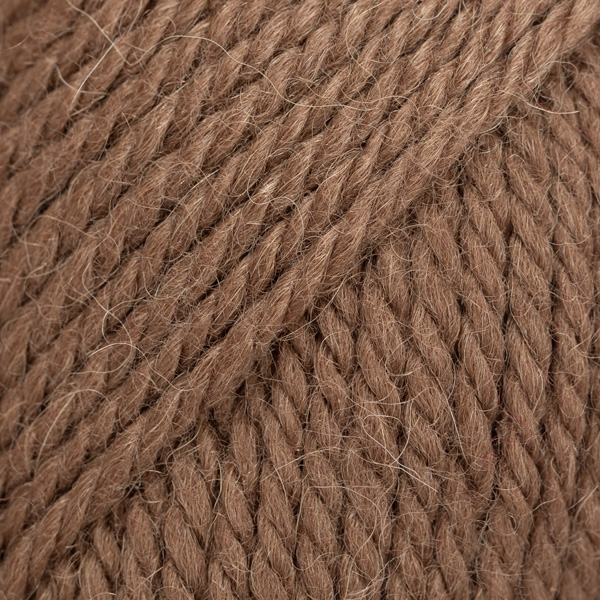
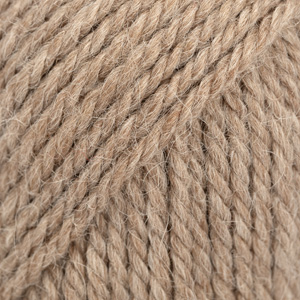
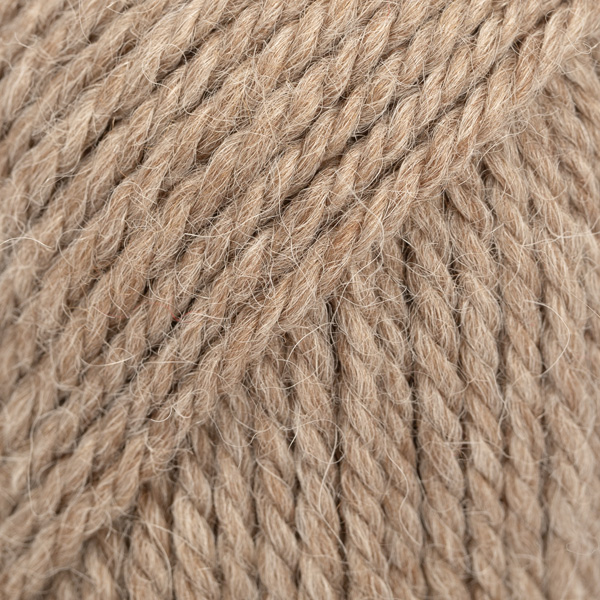

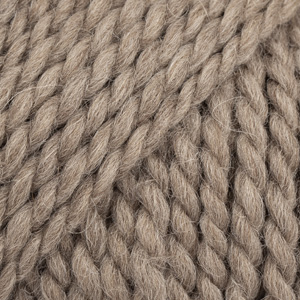


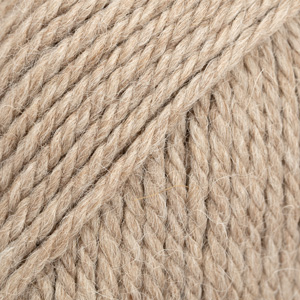
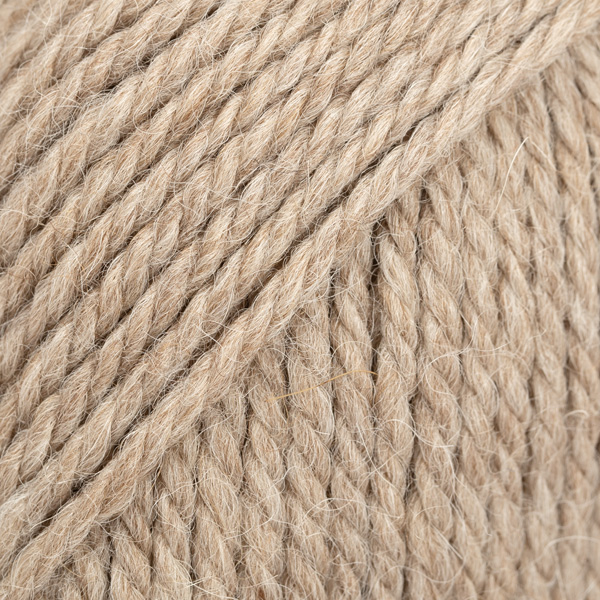

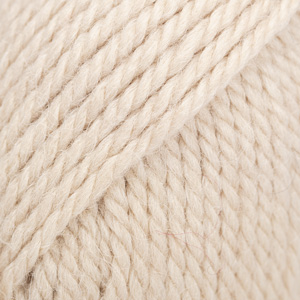
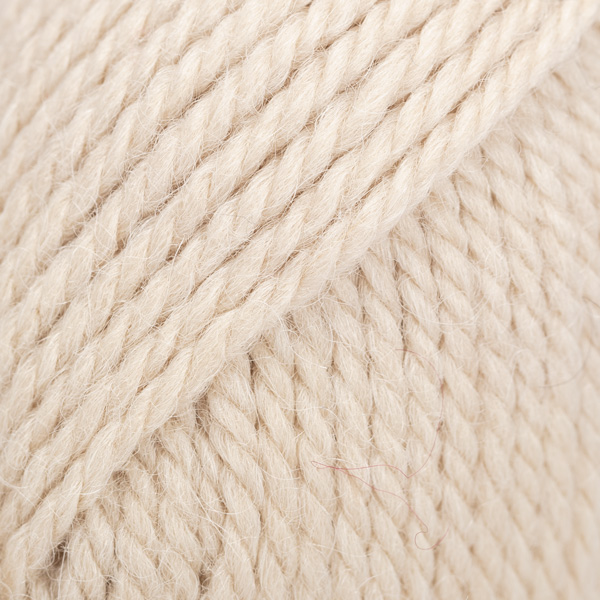









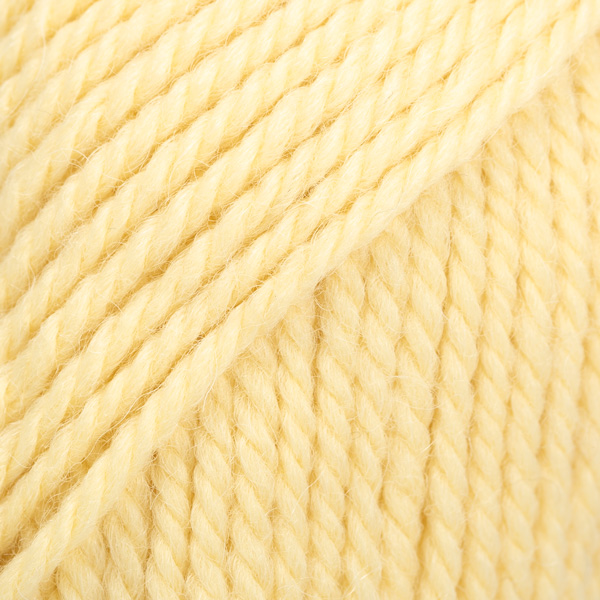
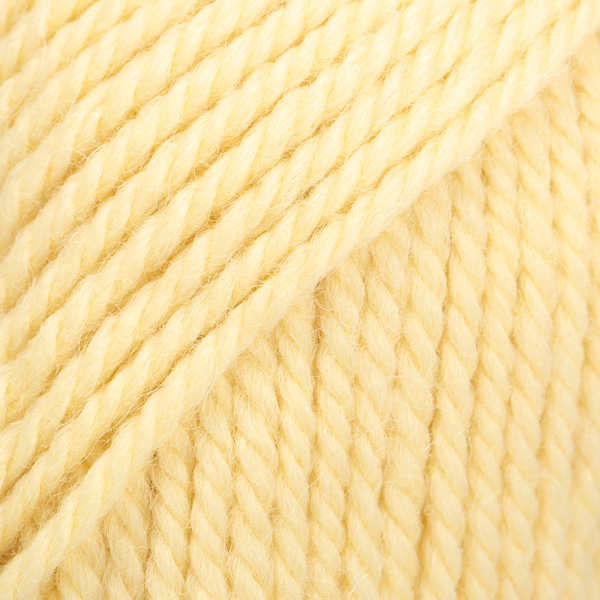







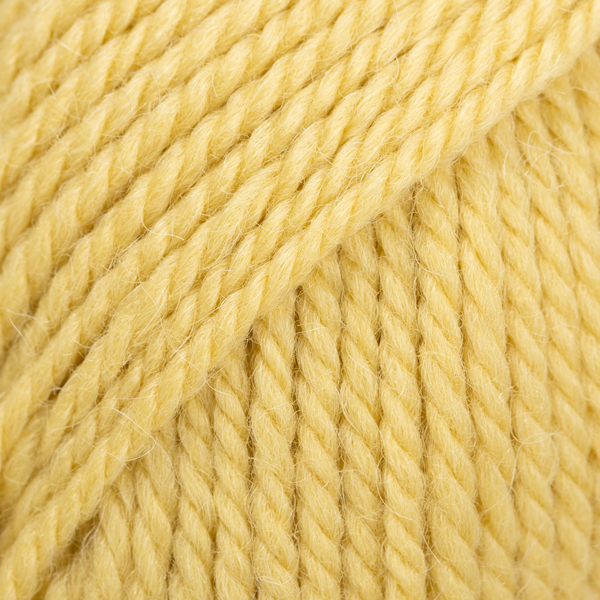



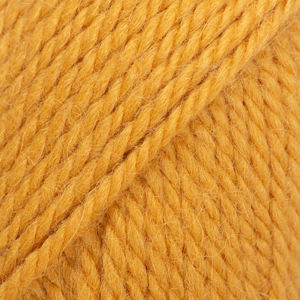
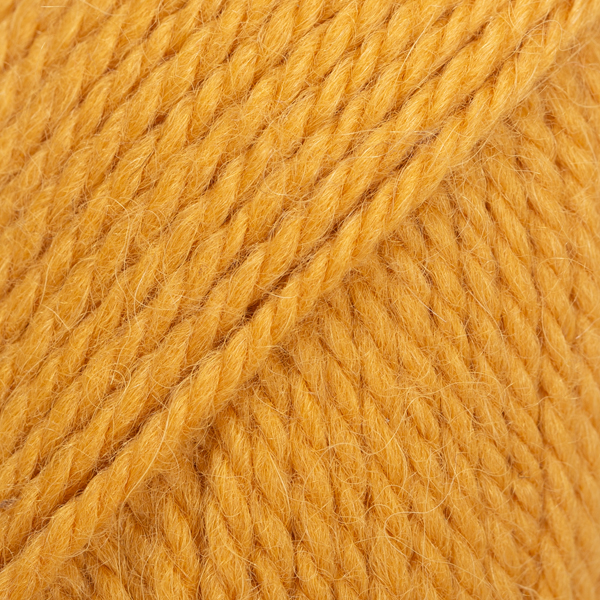
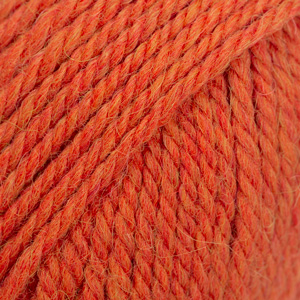









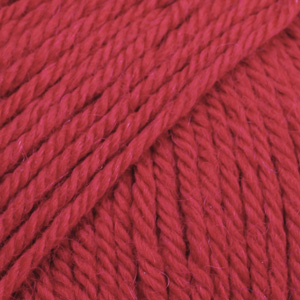

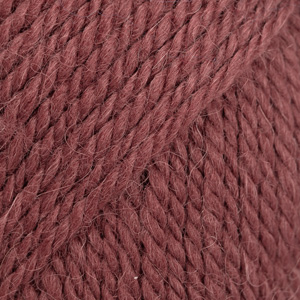
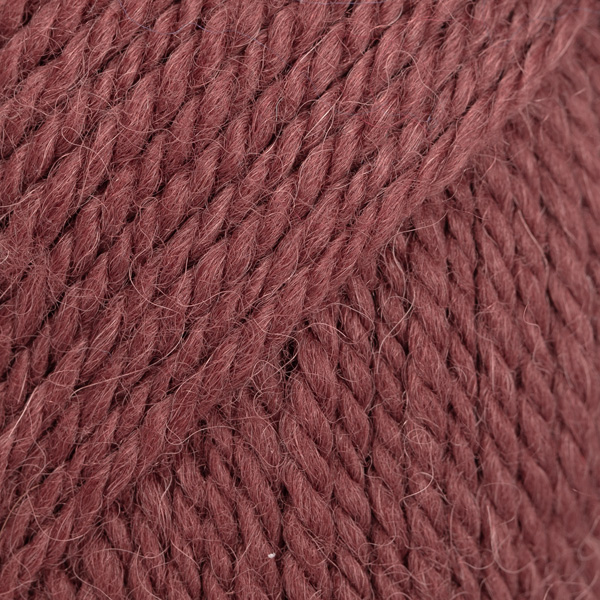
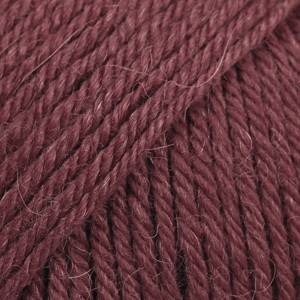
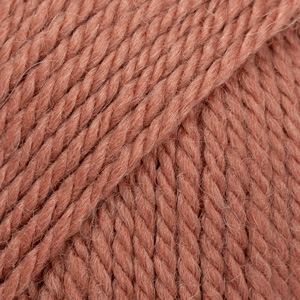
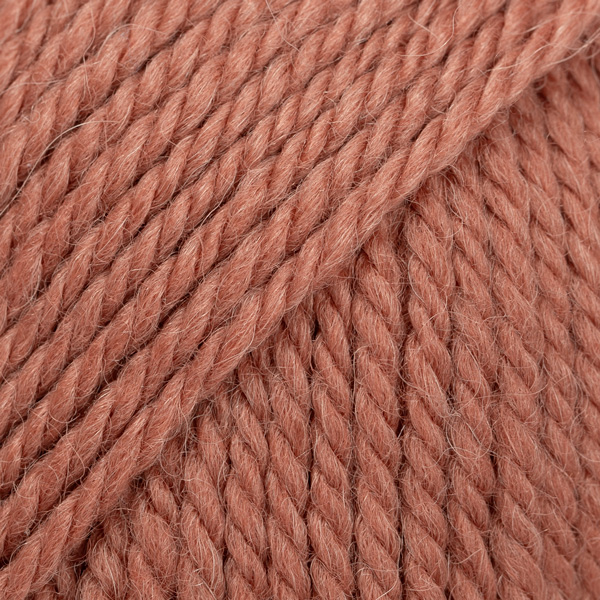


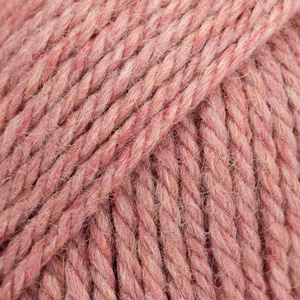
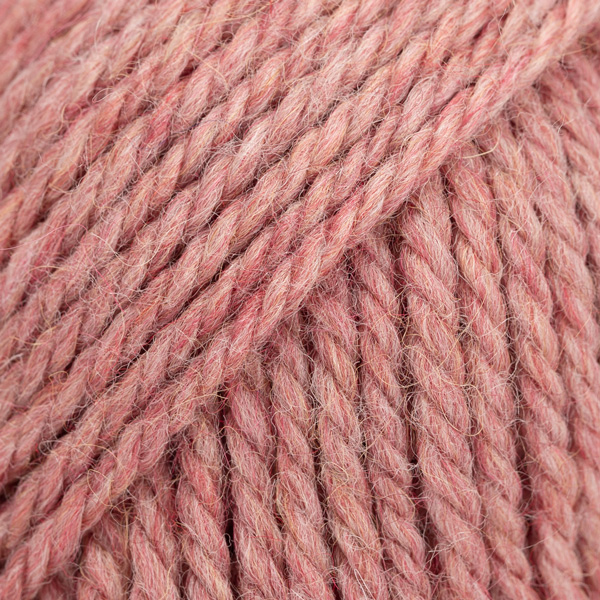
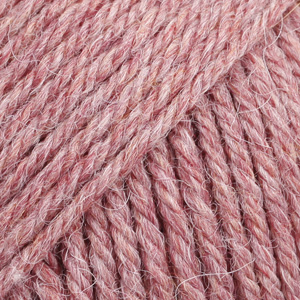

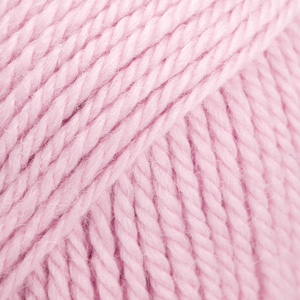
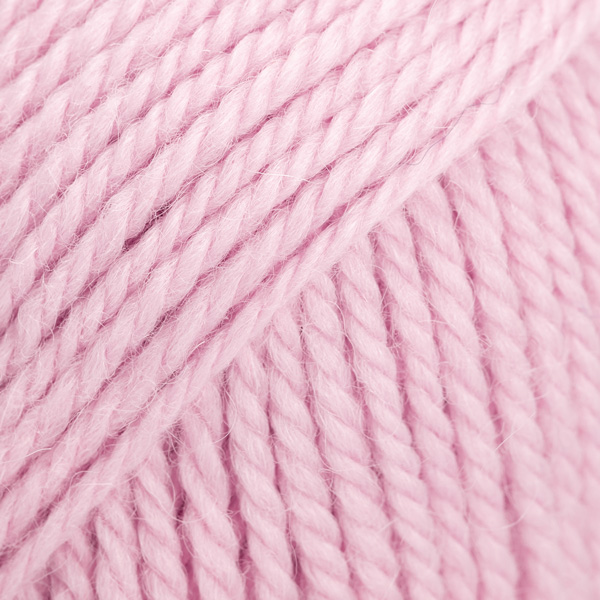


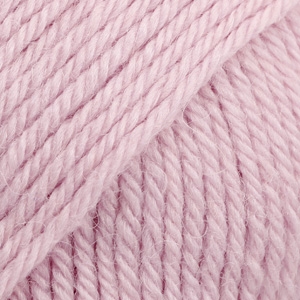
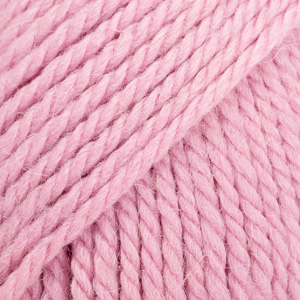
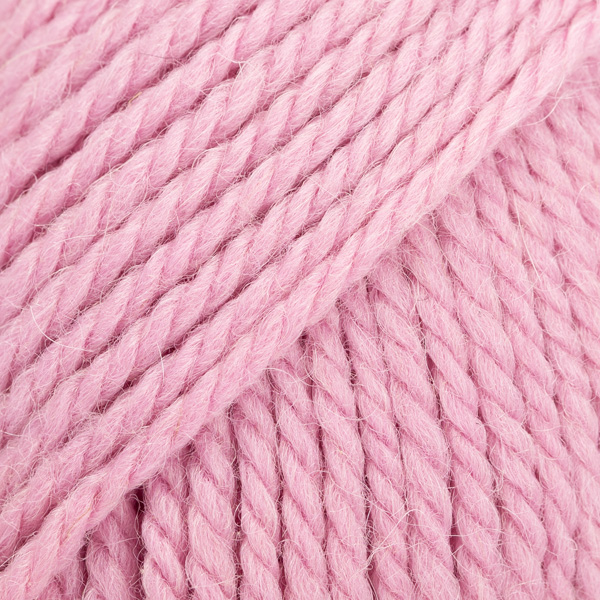
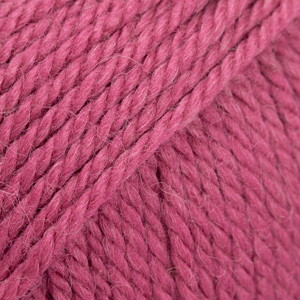

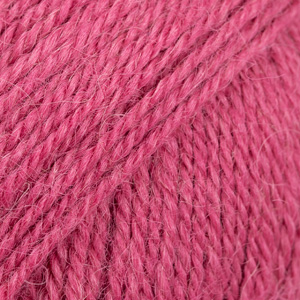


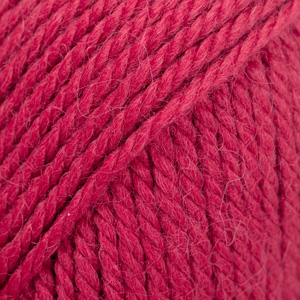
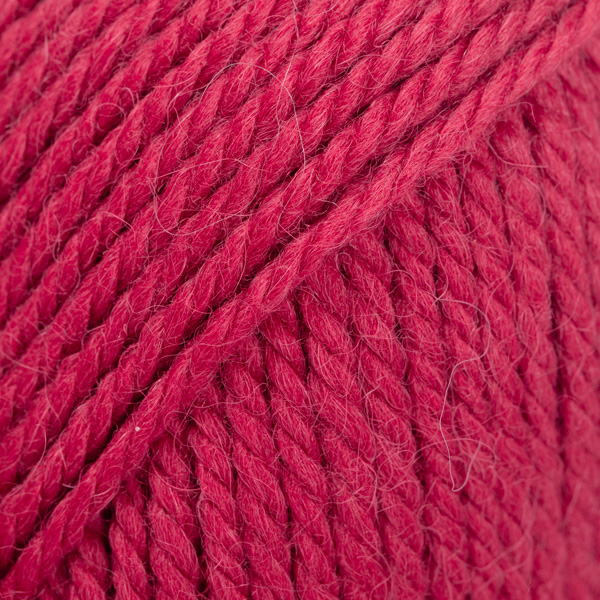



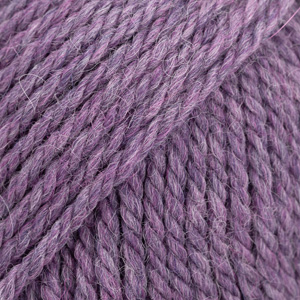
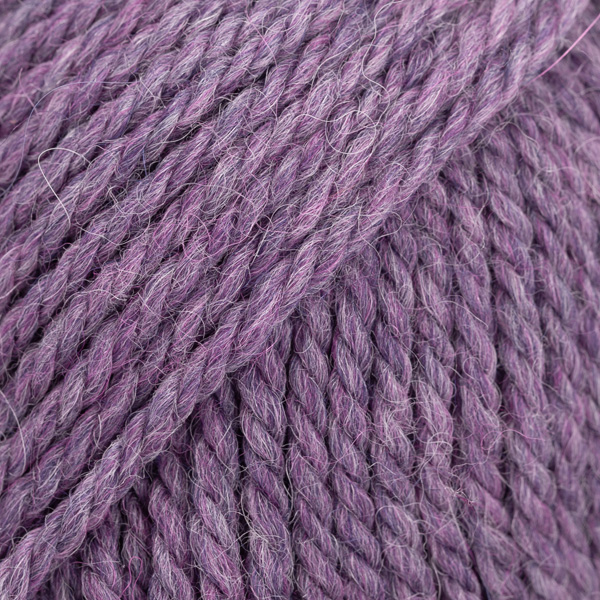



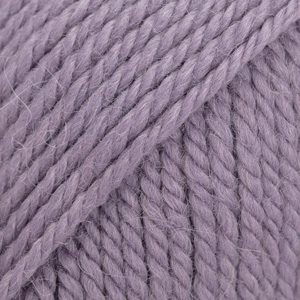
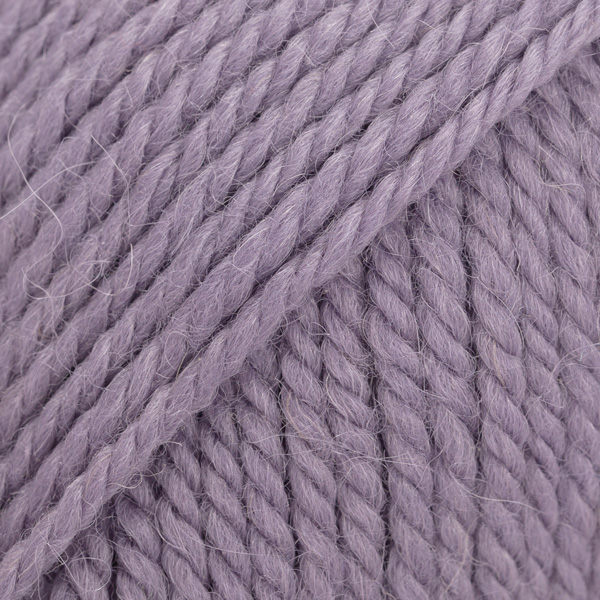
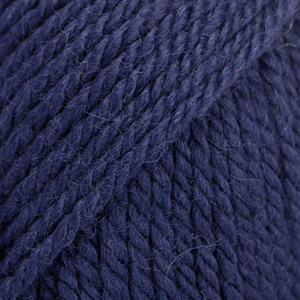
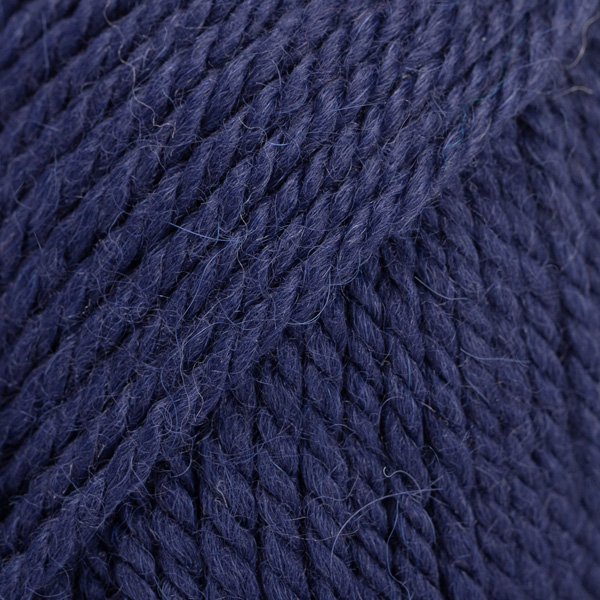
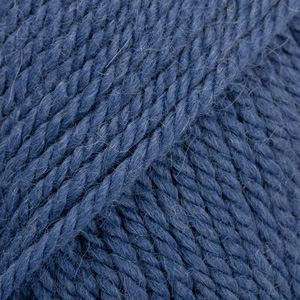
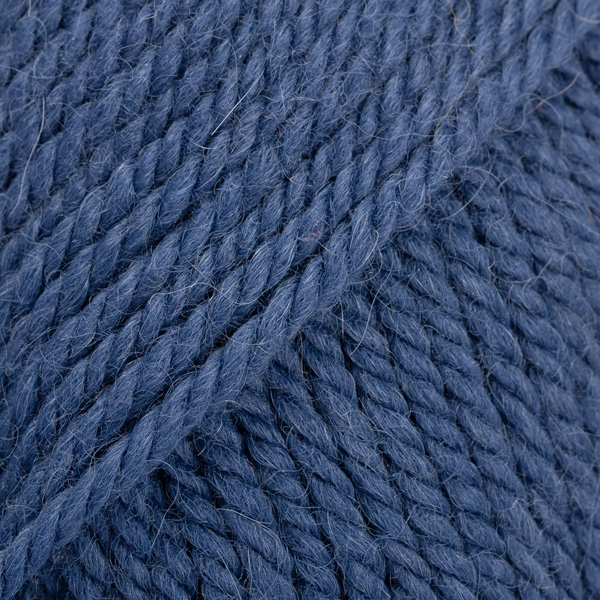

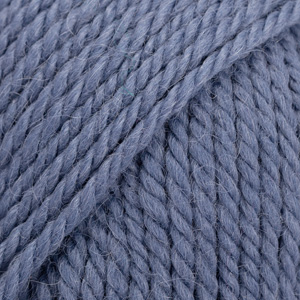
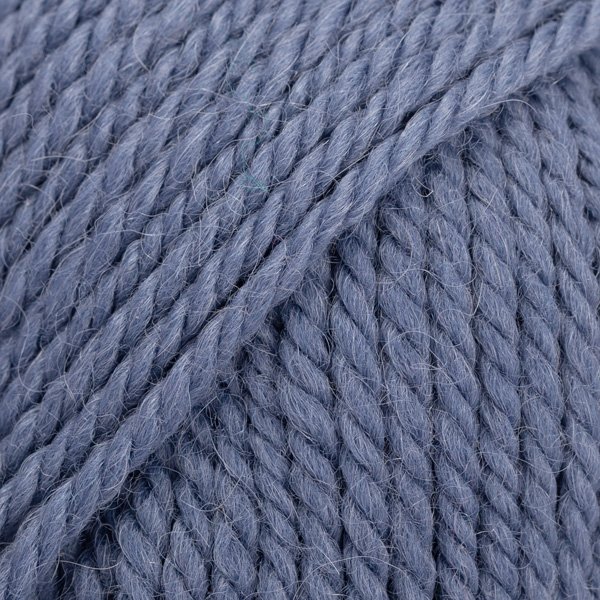




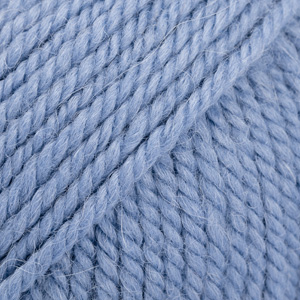
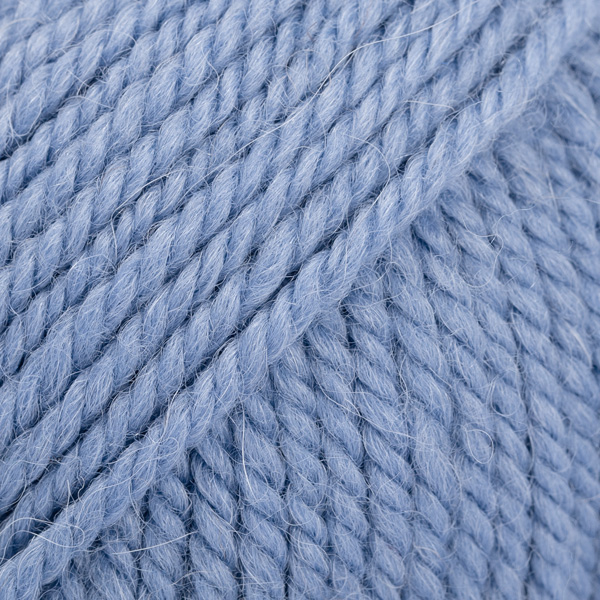

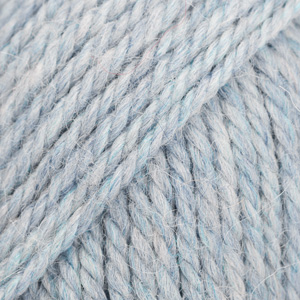
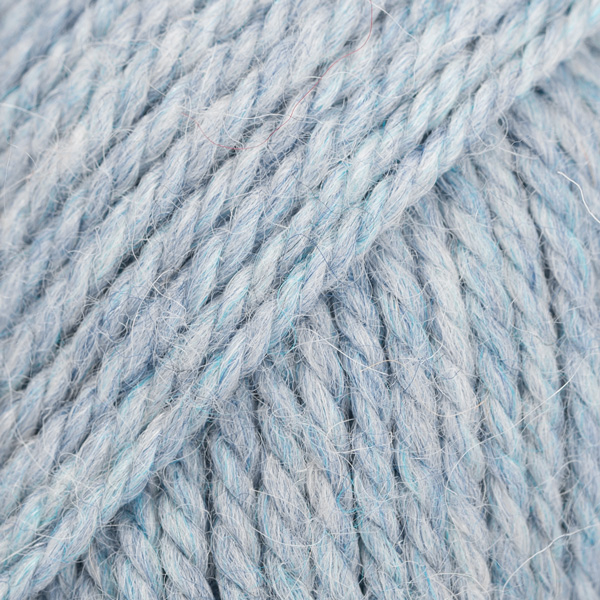

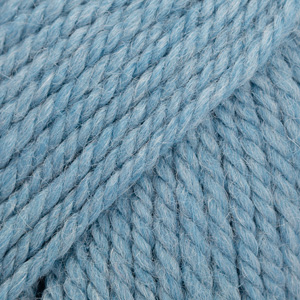
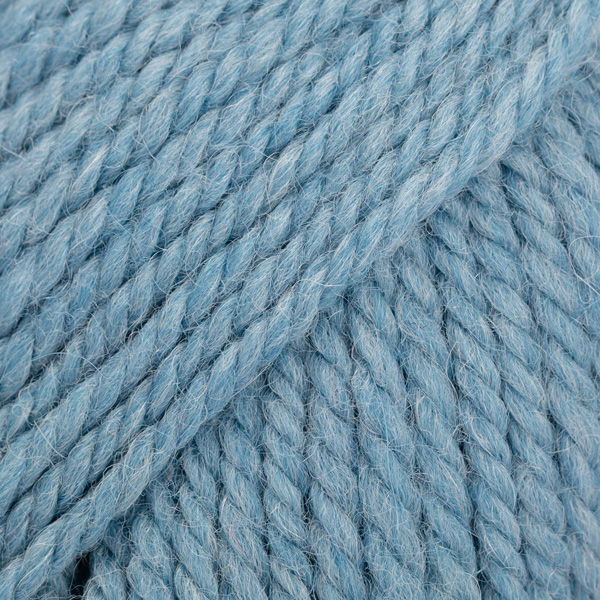



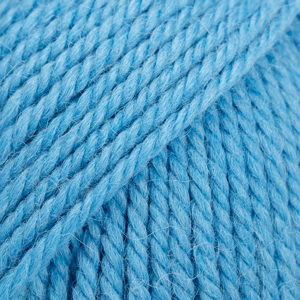
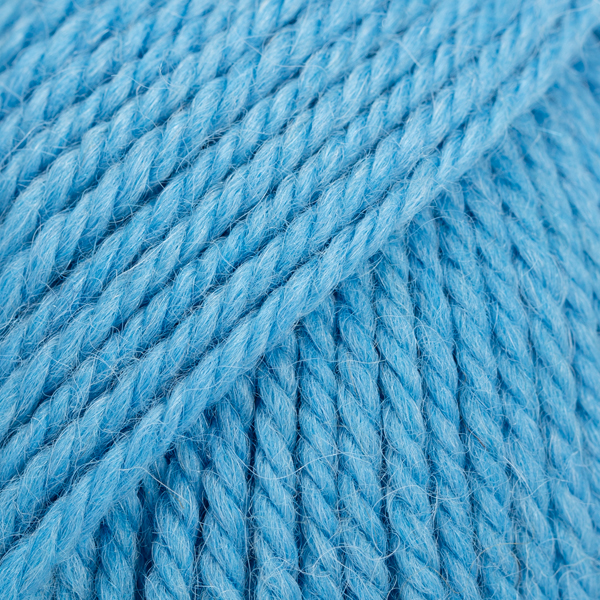
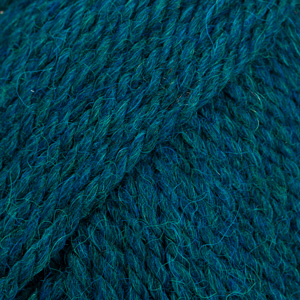
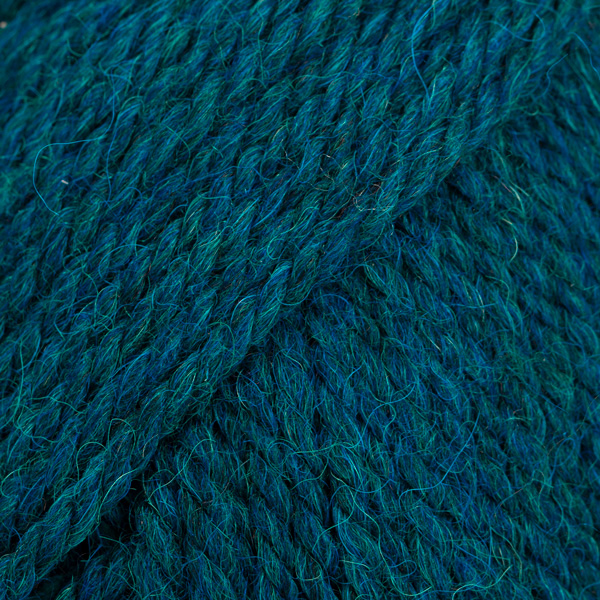


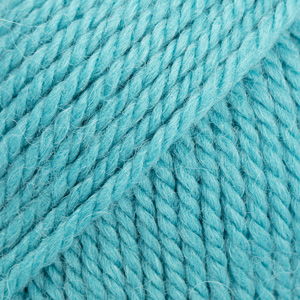
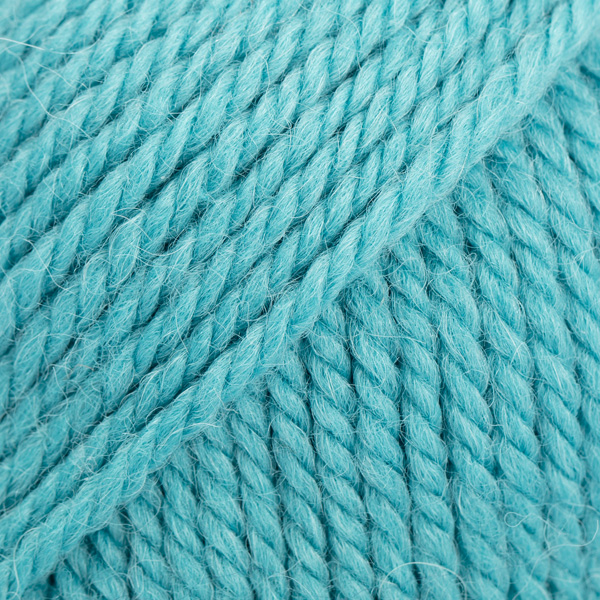

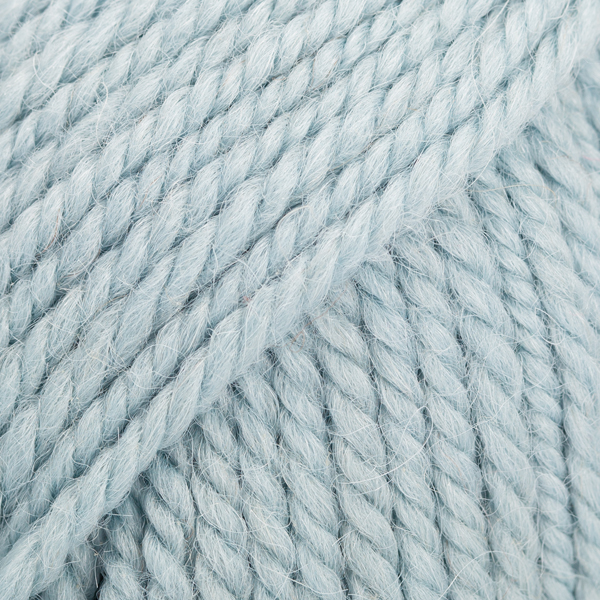


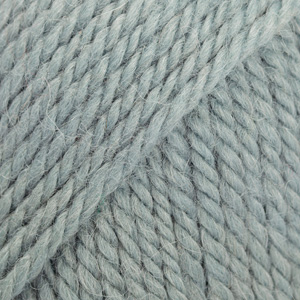
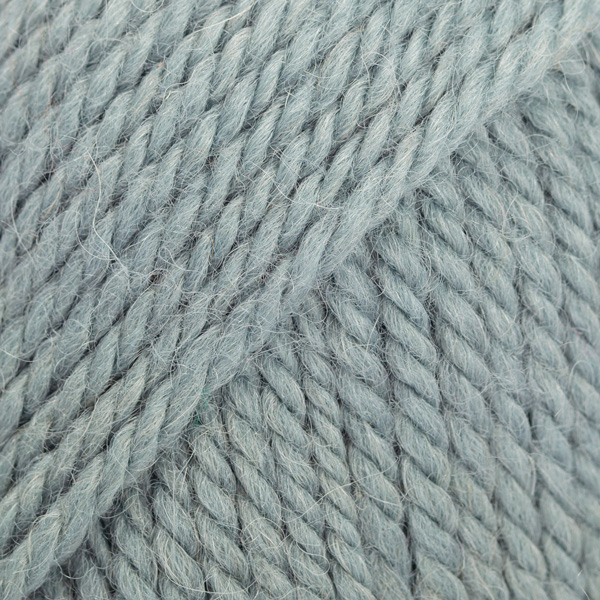
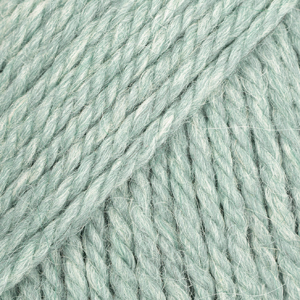
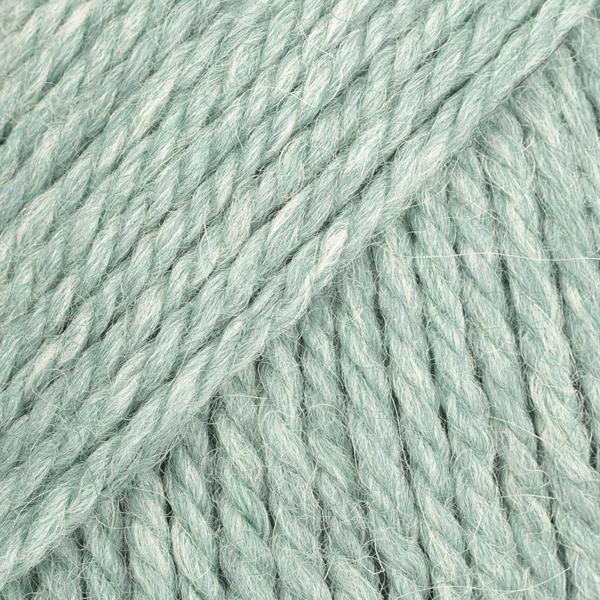





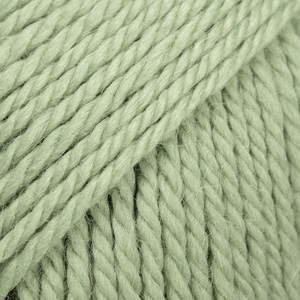
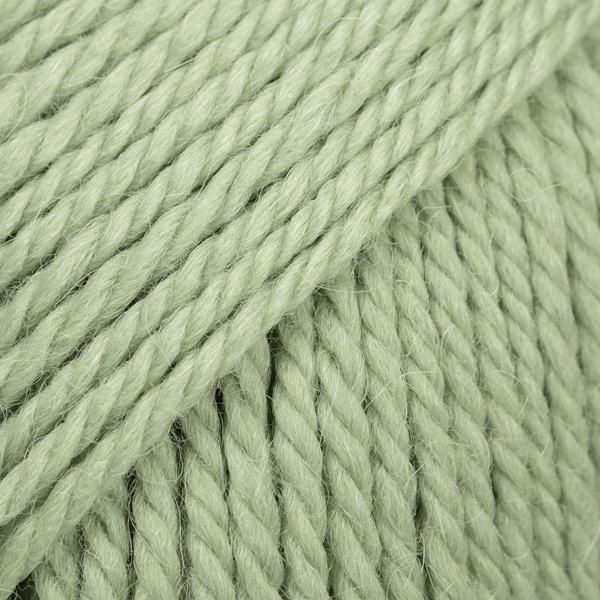


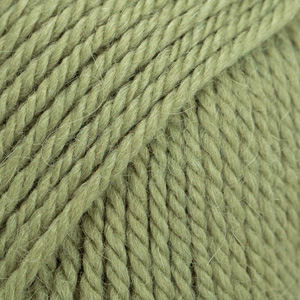
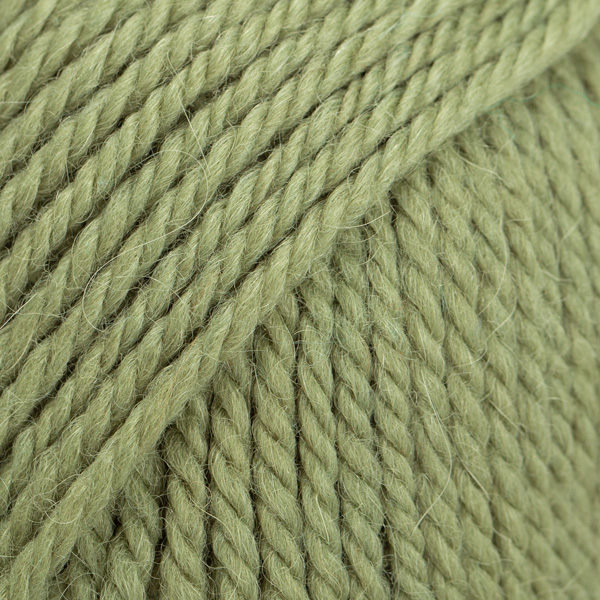
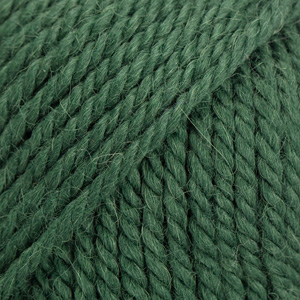
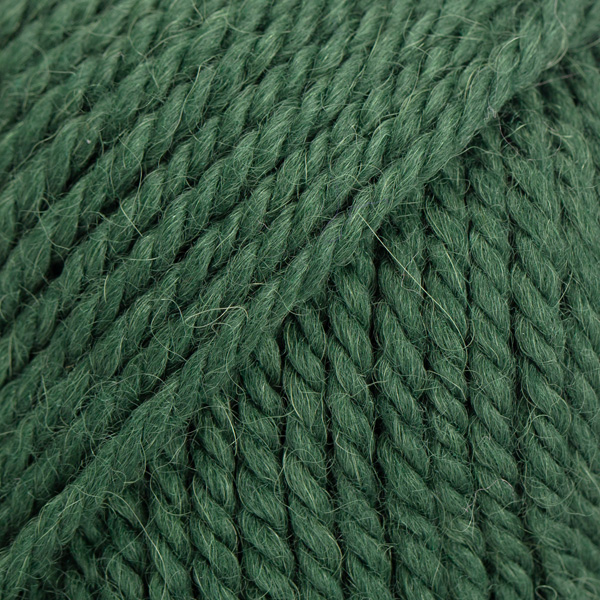
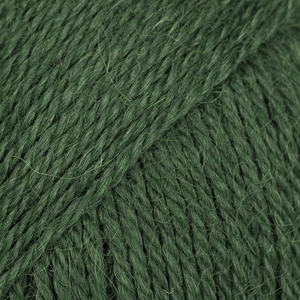


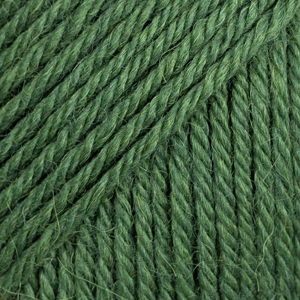


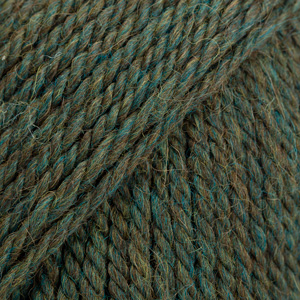
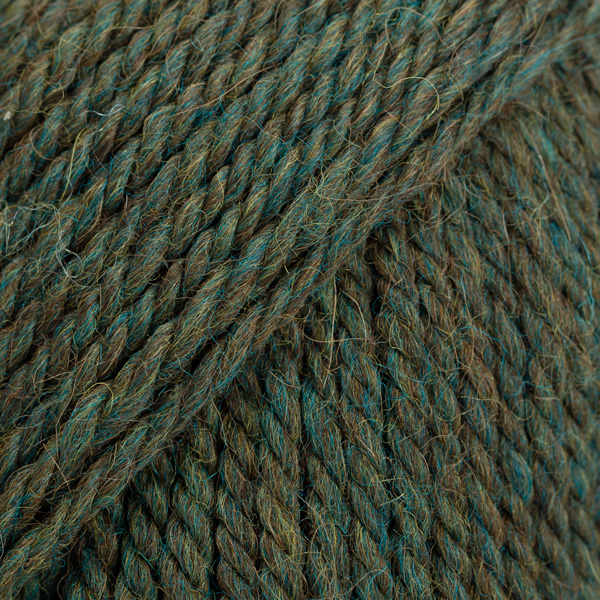
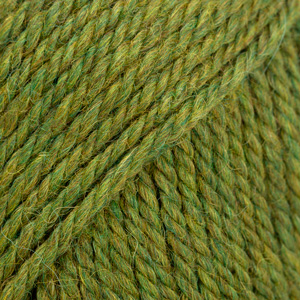
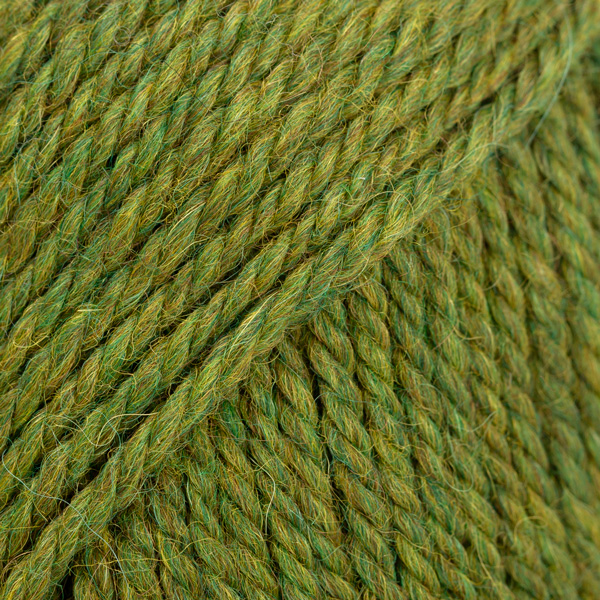



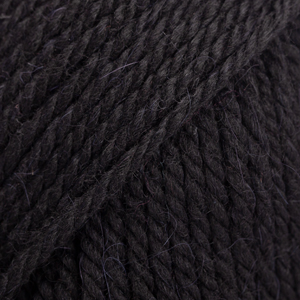
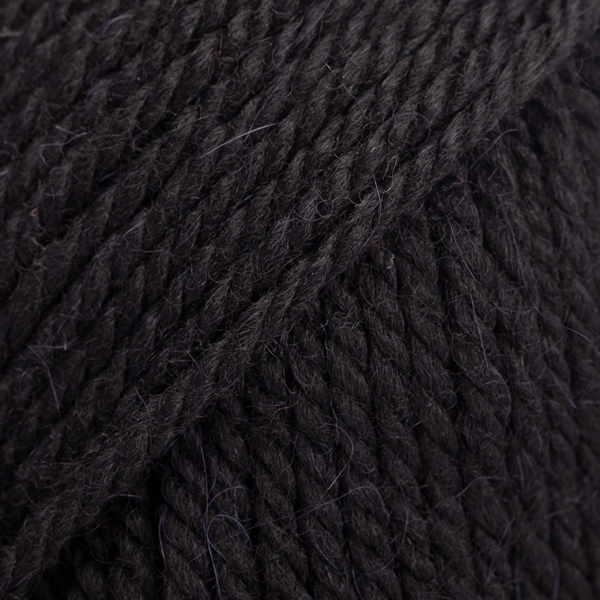
















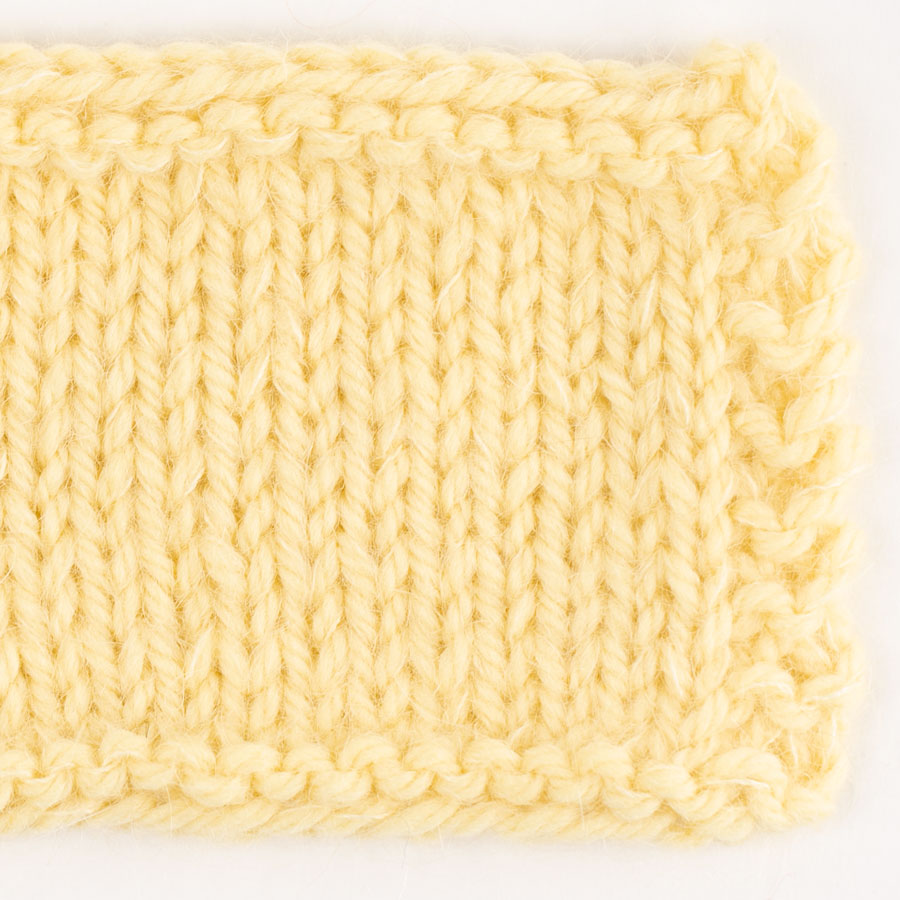
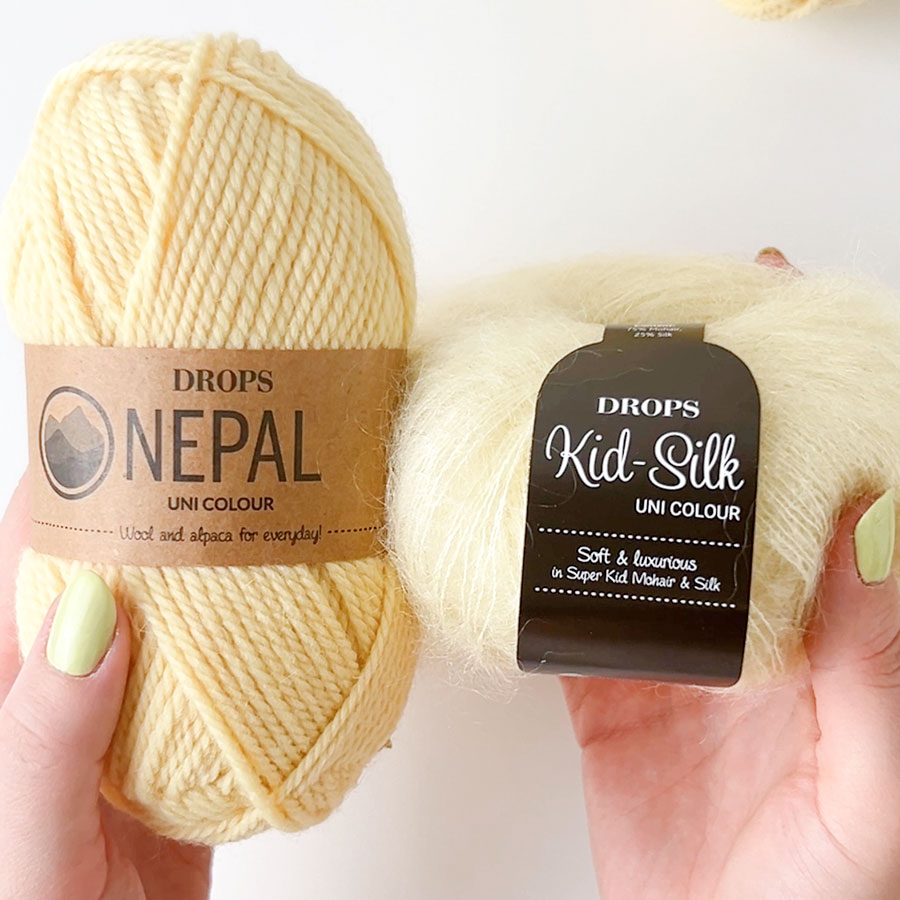
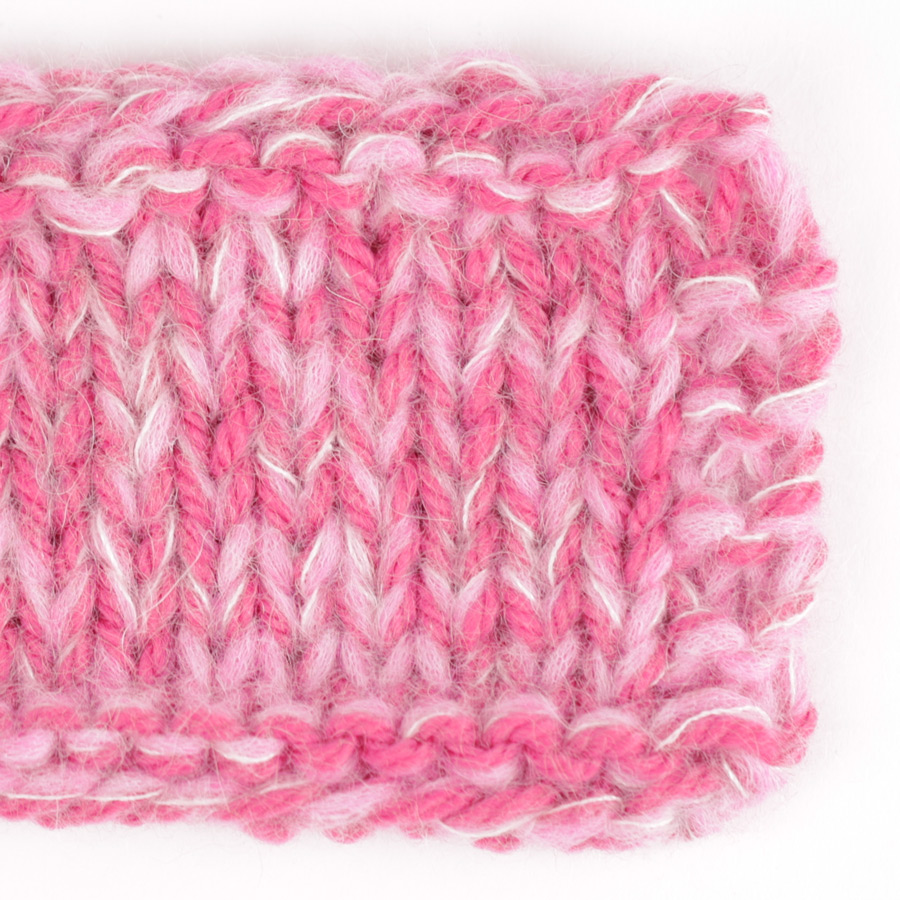

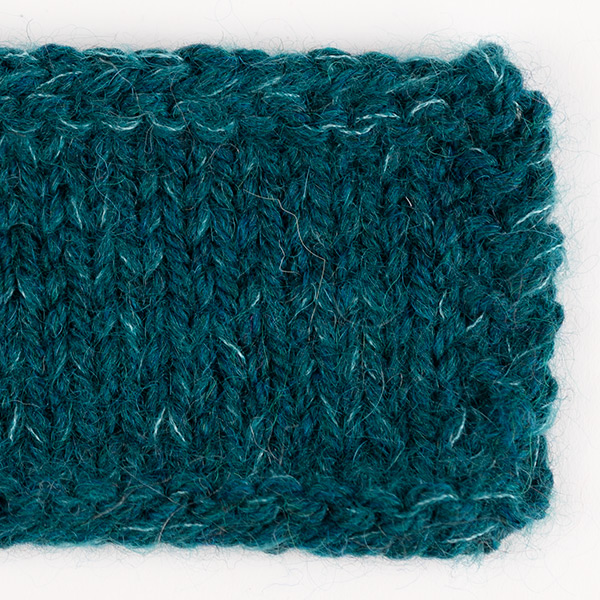
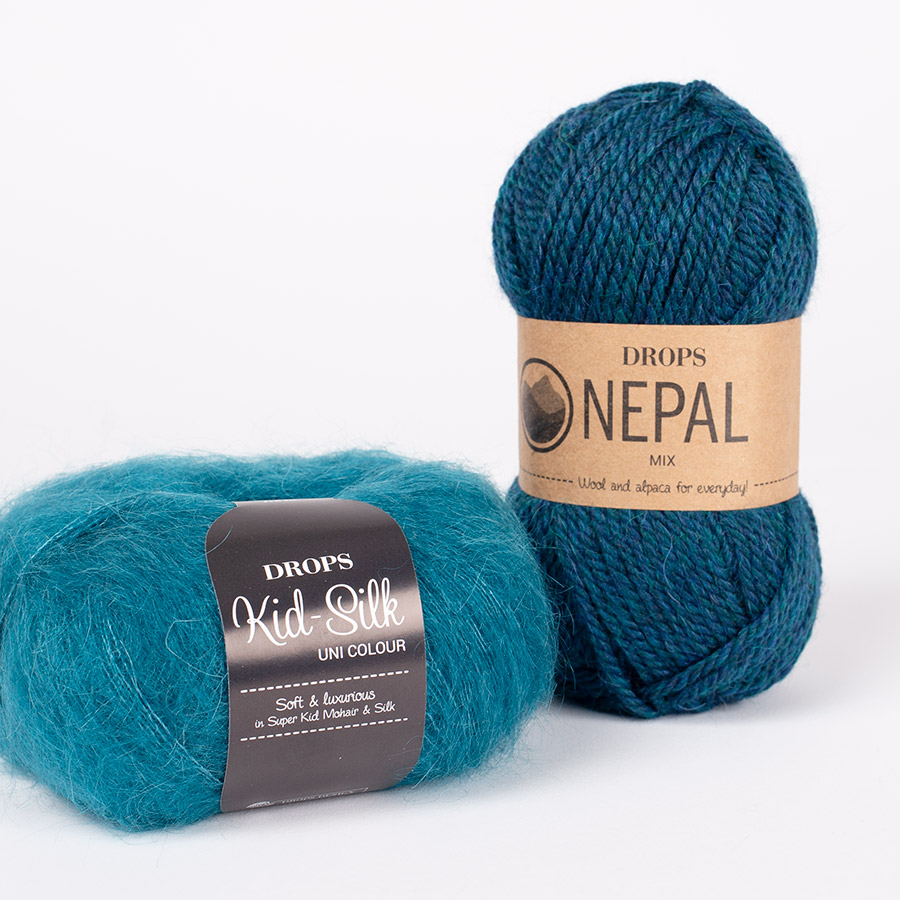
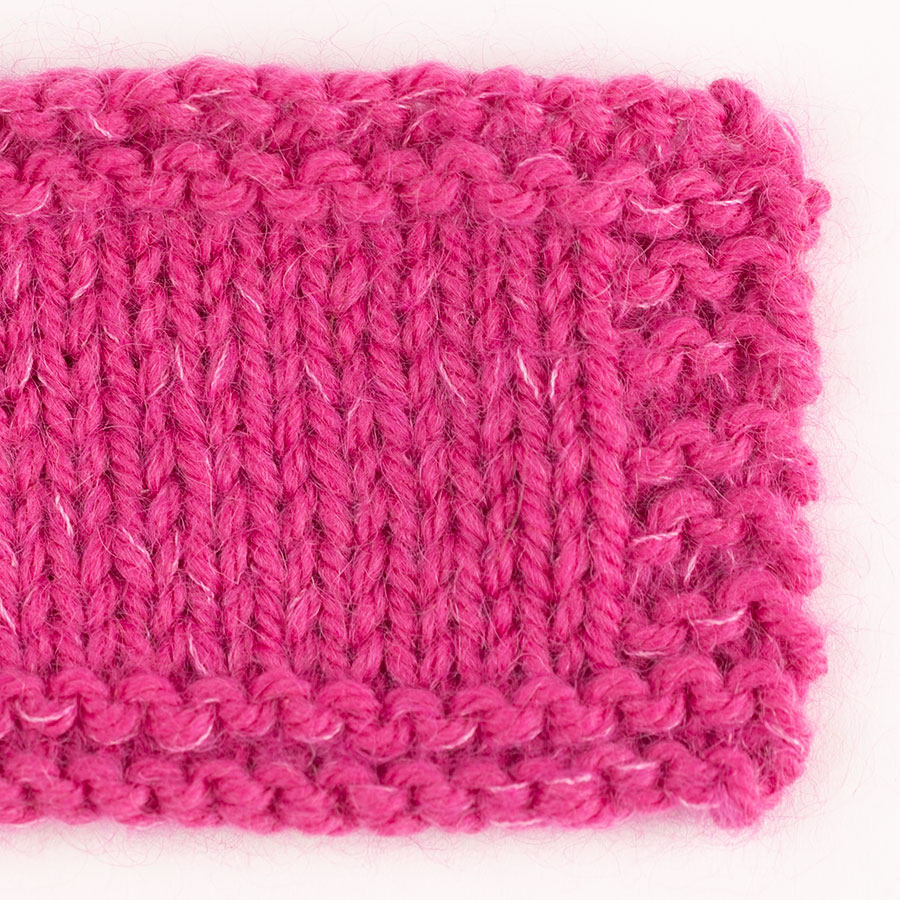
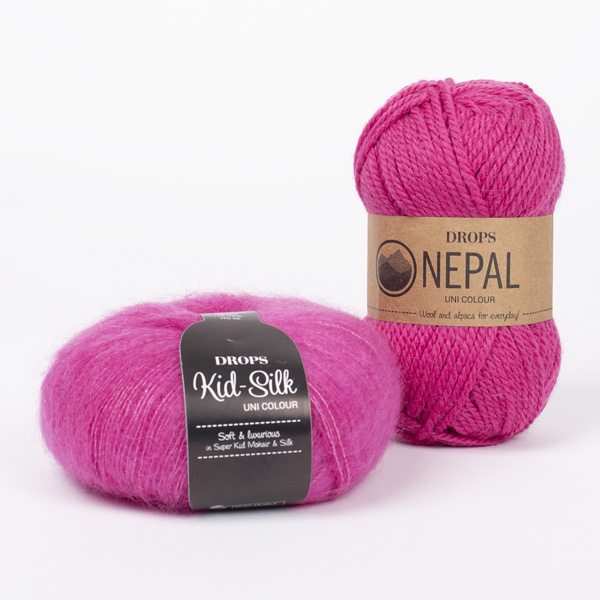
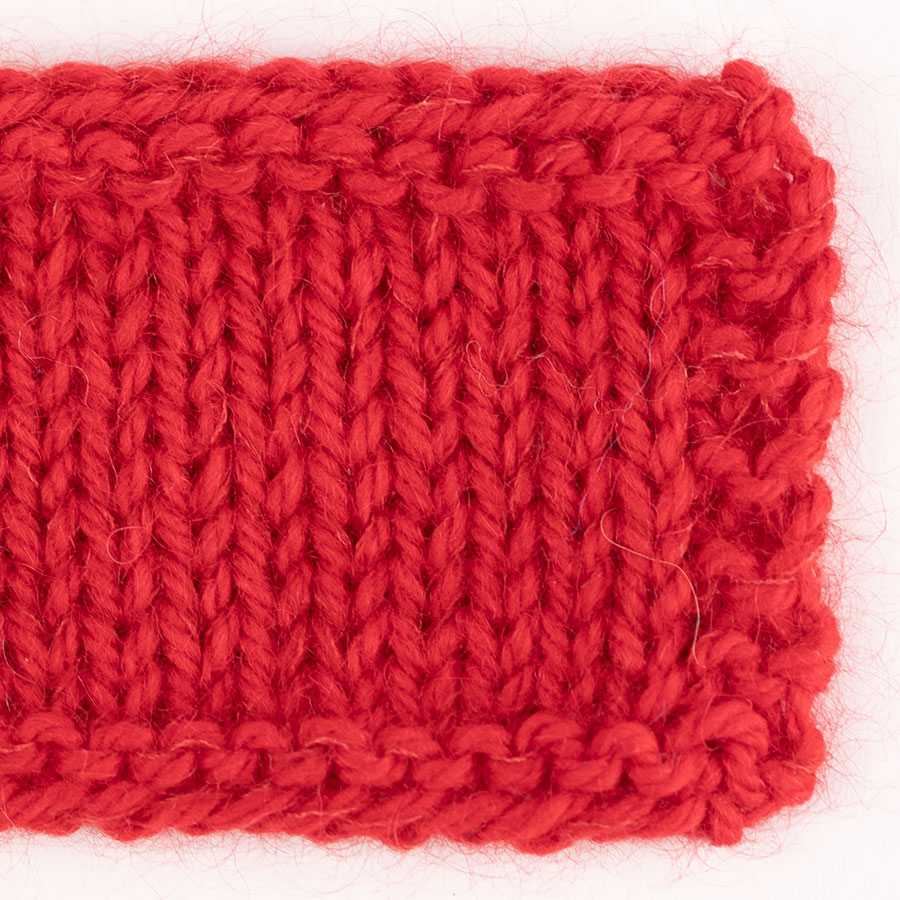
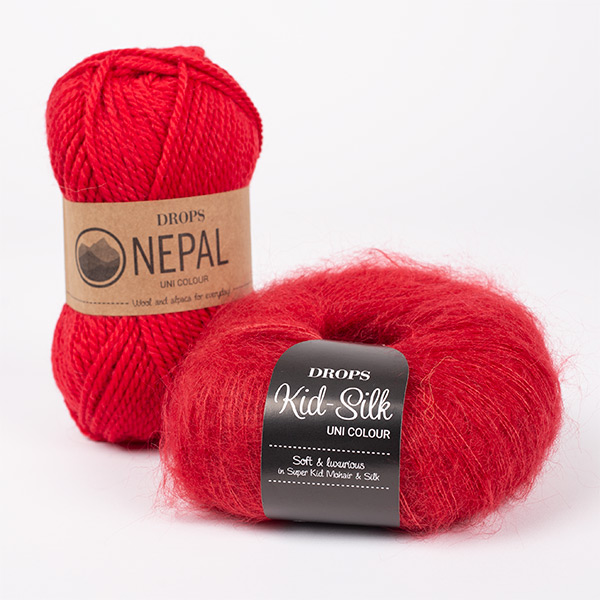
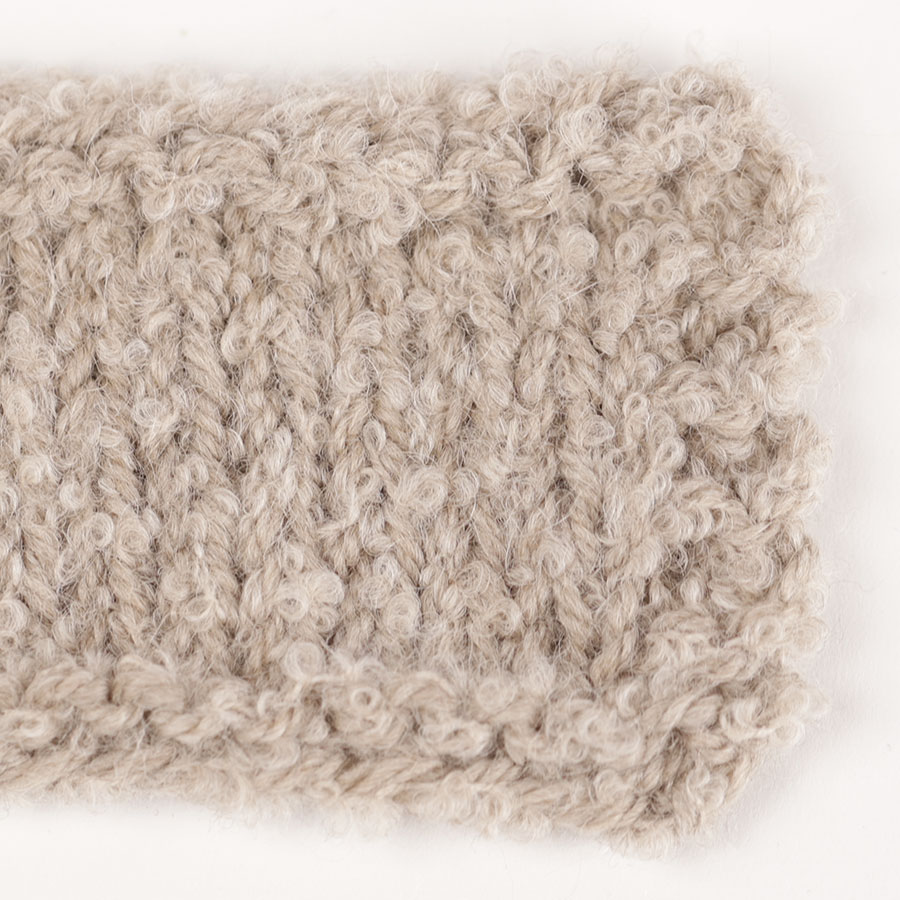
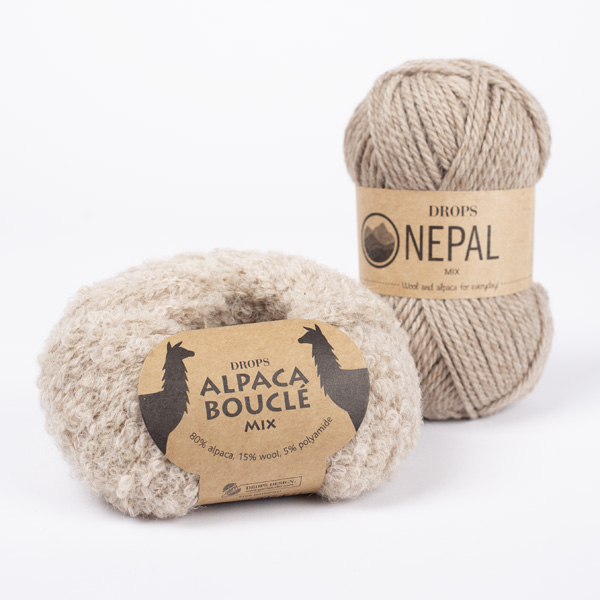
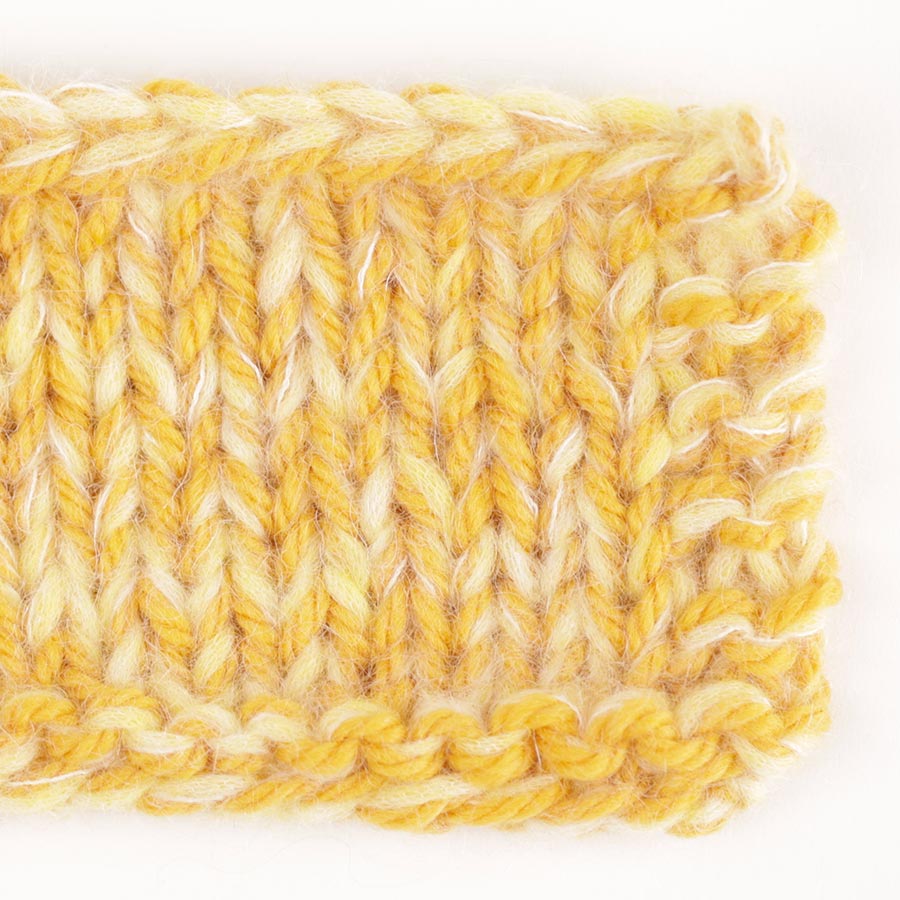
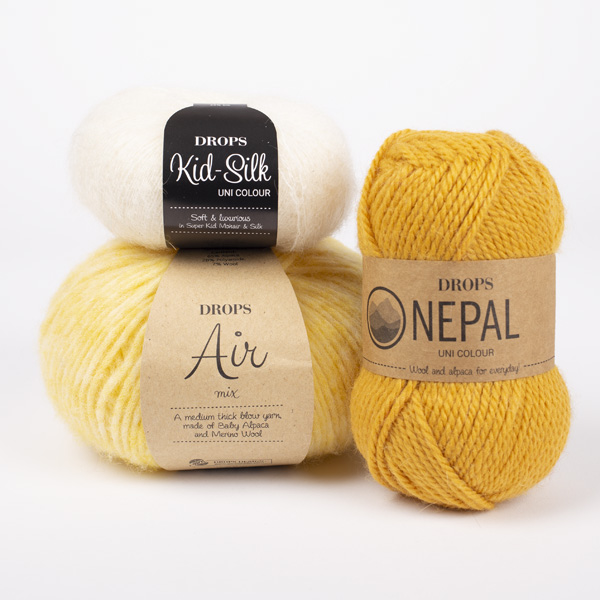
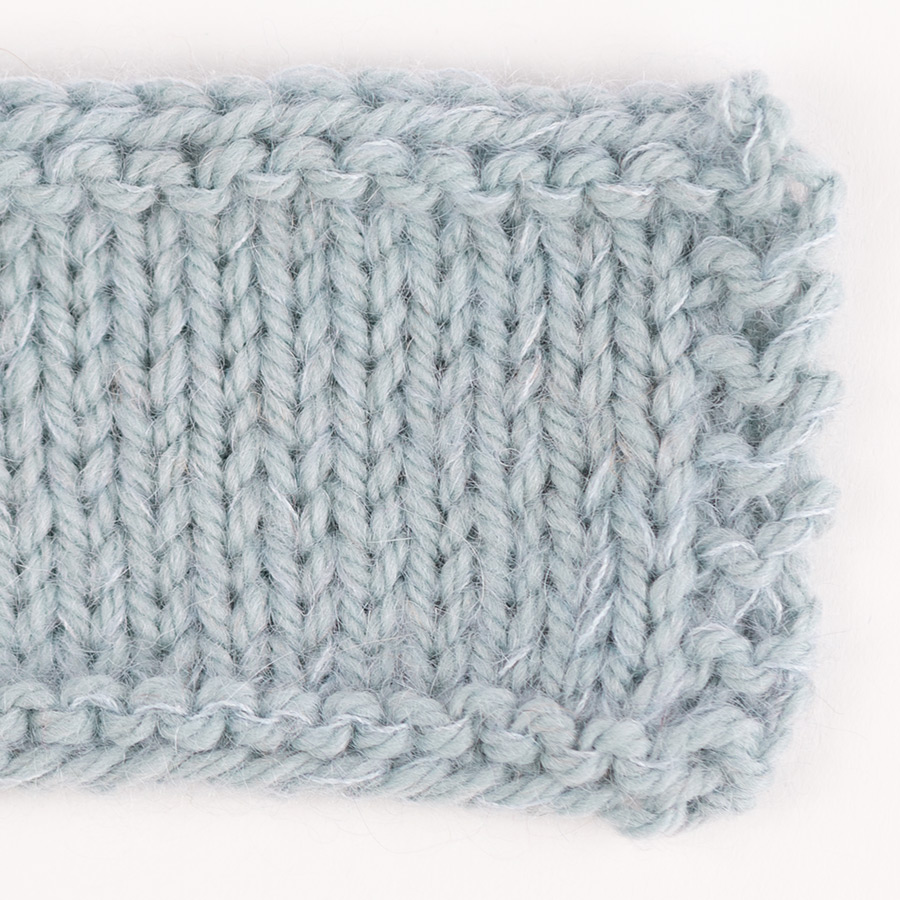




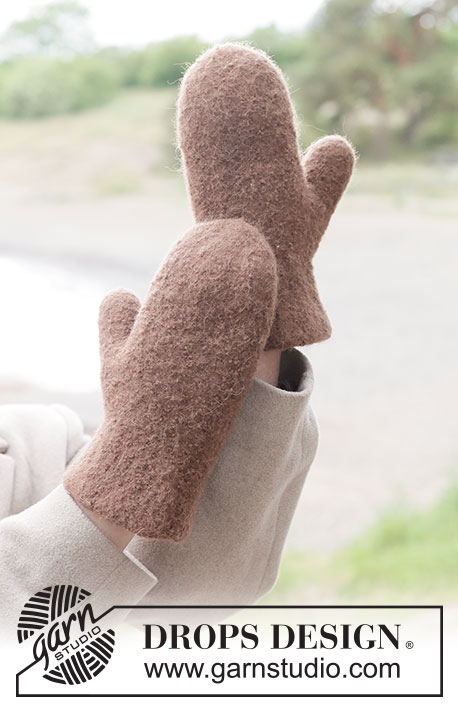





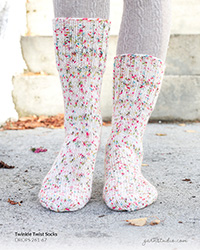
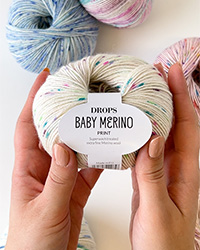
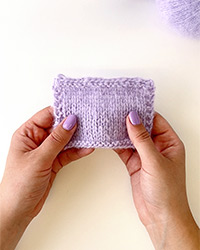
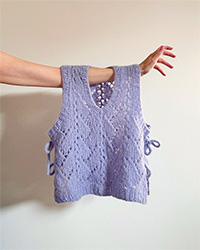

Eine wunderbare Wolle! Bin sehr zufrieden! Strickt sich griffig und fließend, trägt sich angenehm. Nach dem Waschen hat man ein sehr schön gleichmäßiges Strickbild. Sehr empfehlenswertes Garn. Habe es allerdings mit 5er Nadeln gestrickt, obwohl ich relativ fest stricke.
17.09.2015 - 09:50